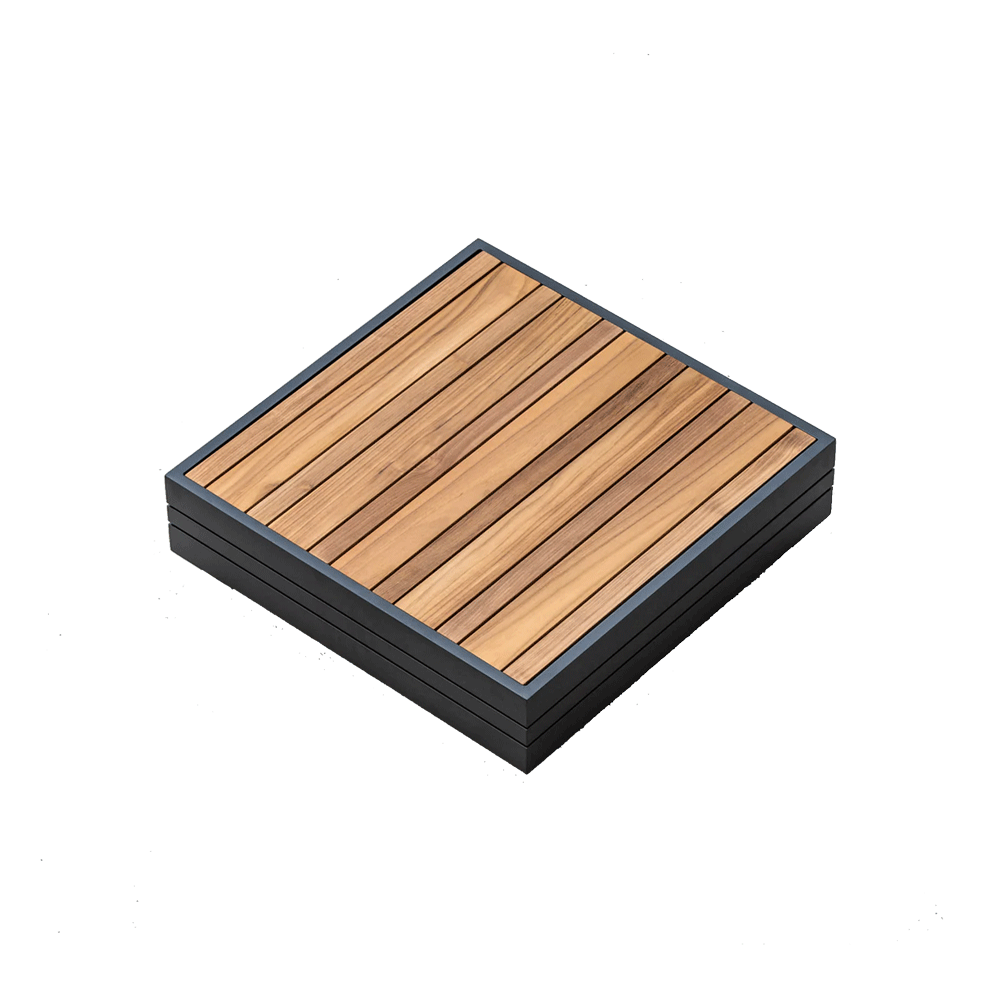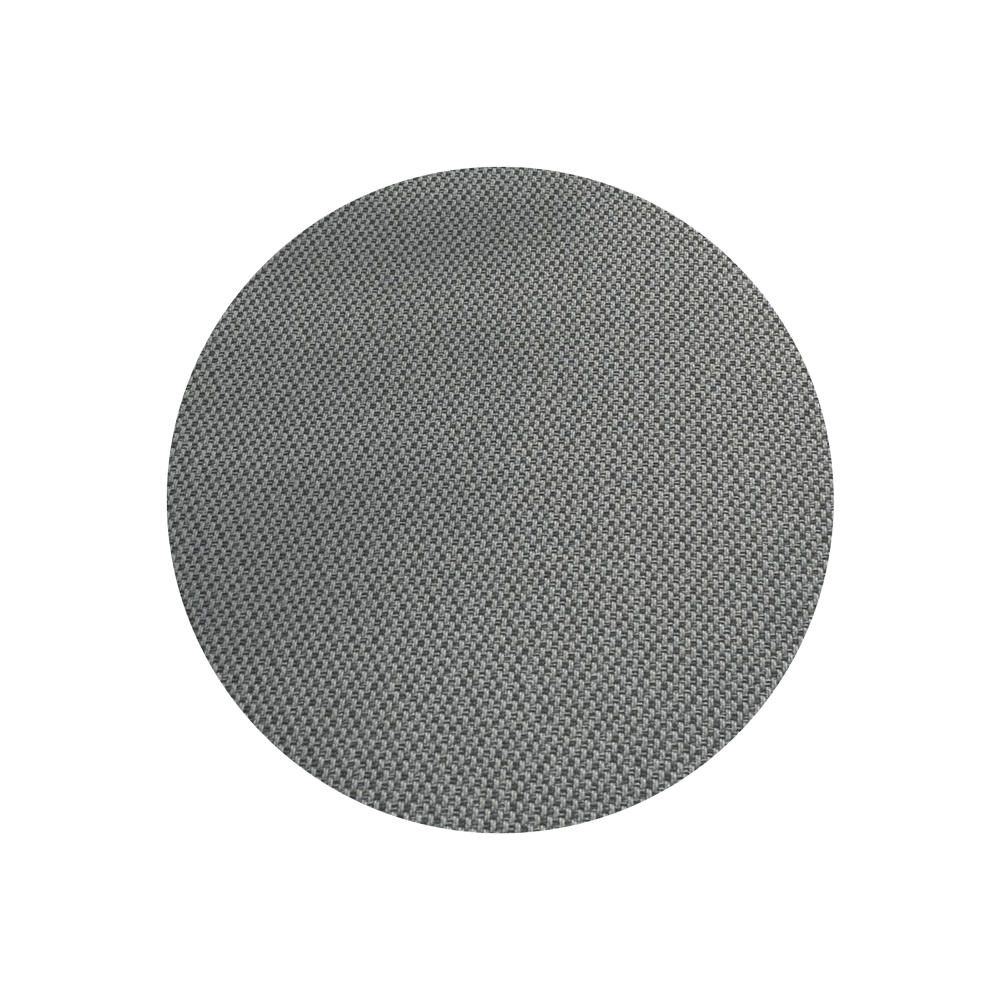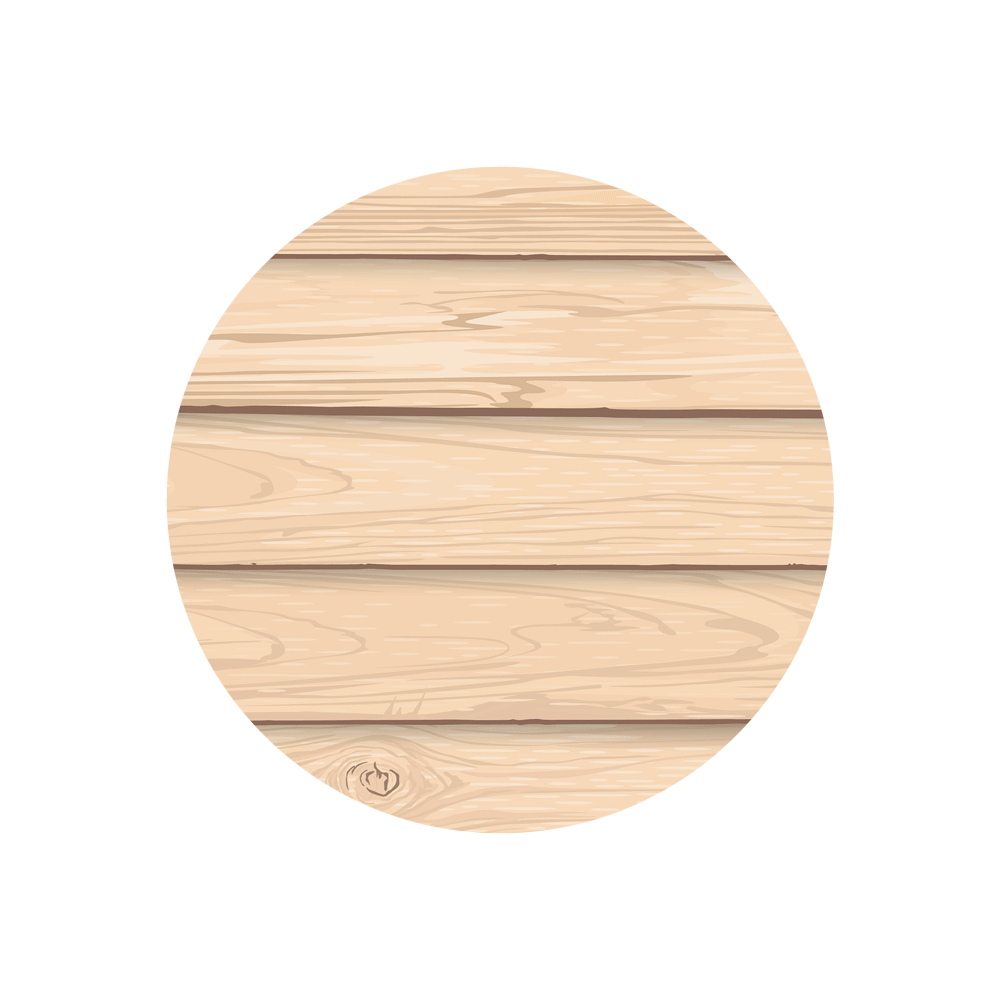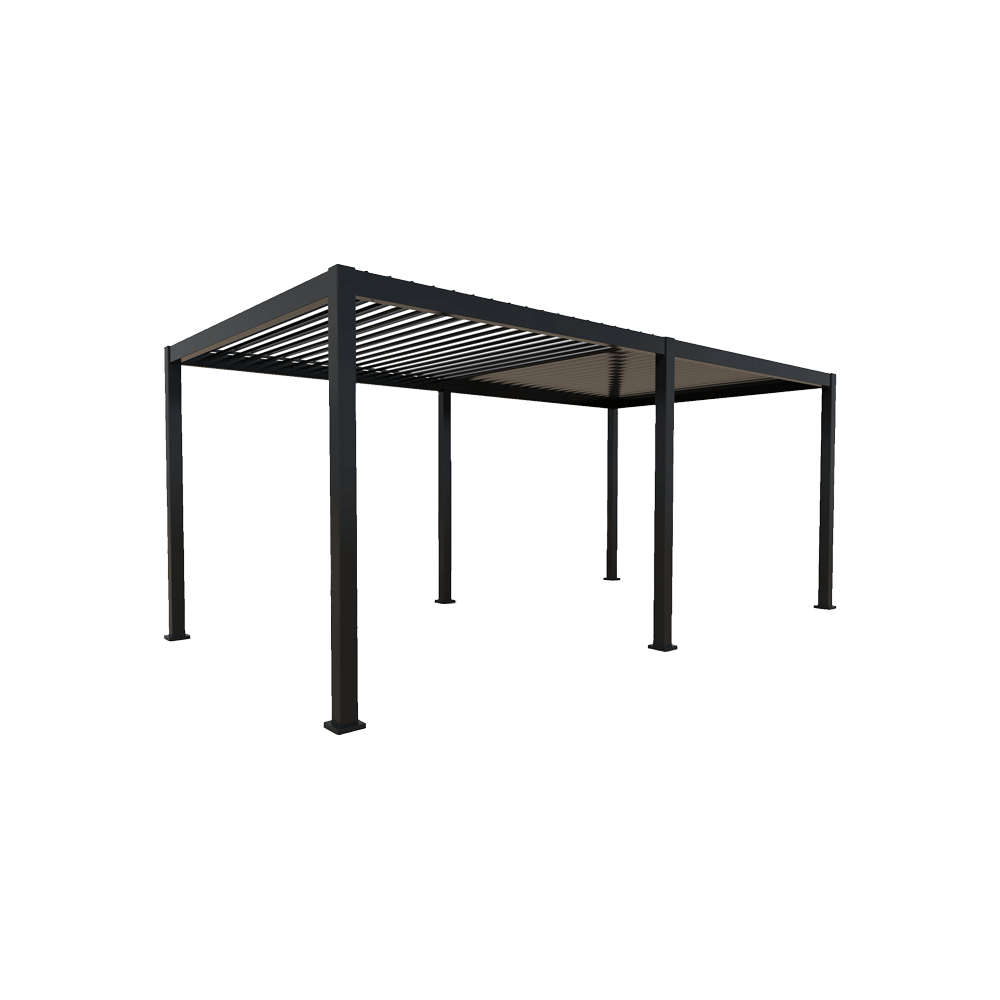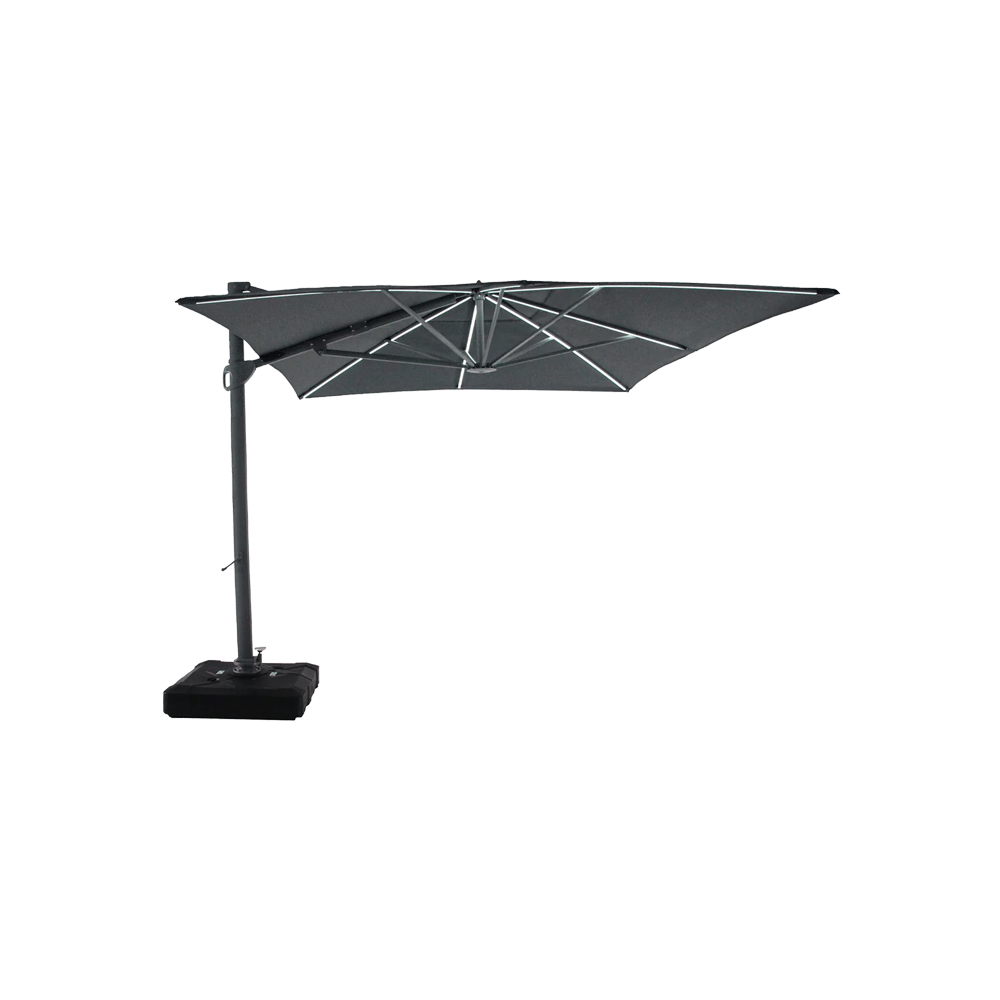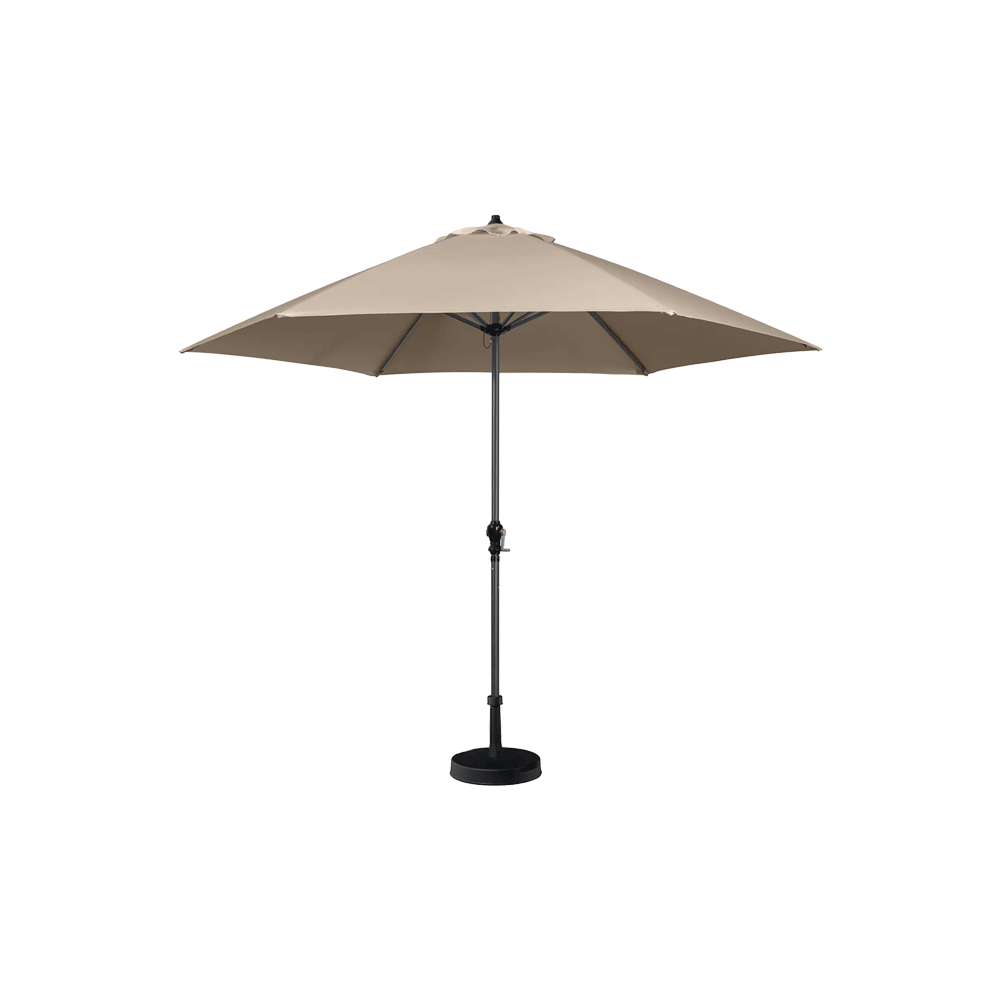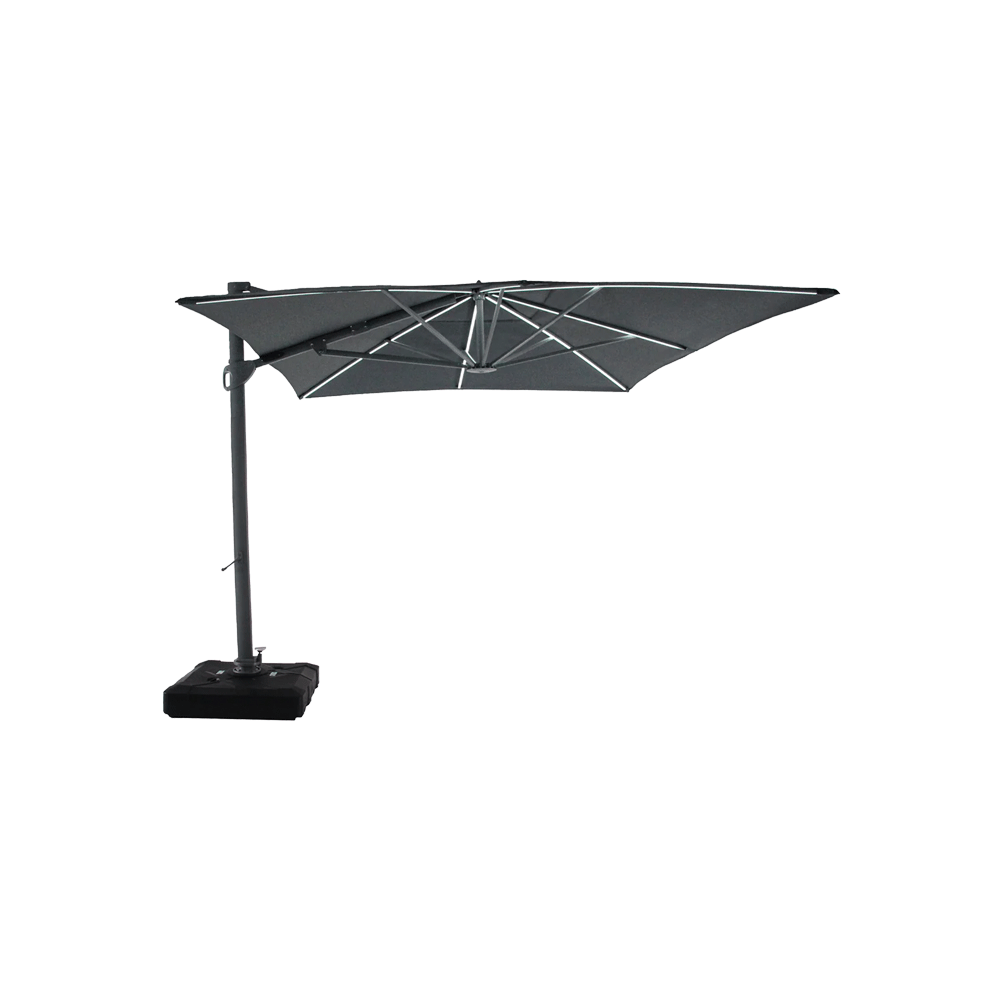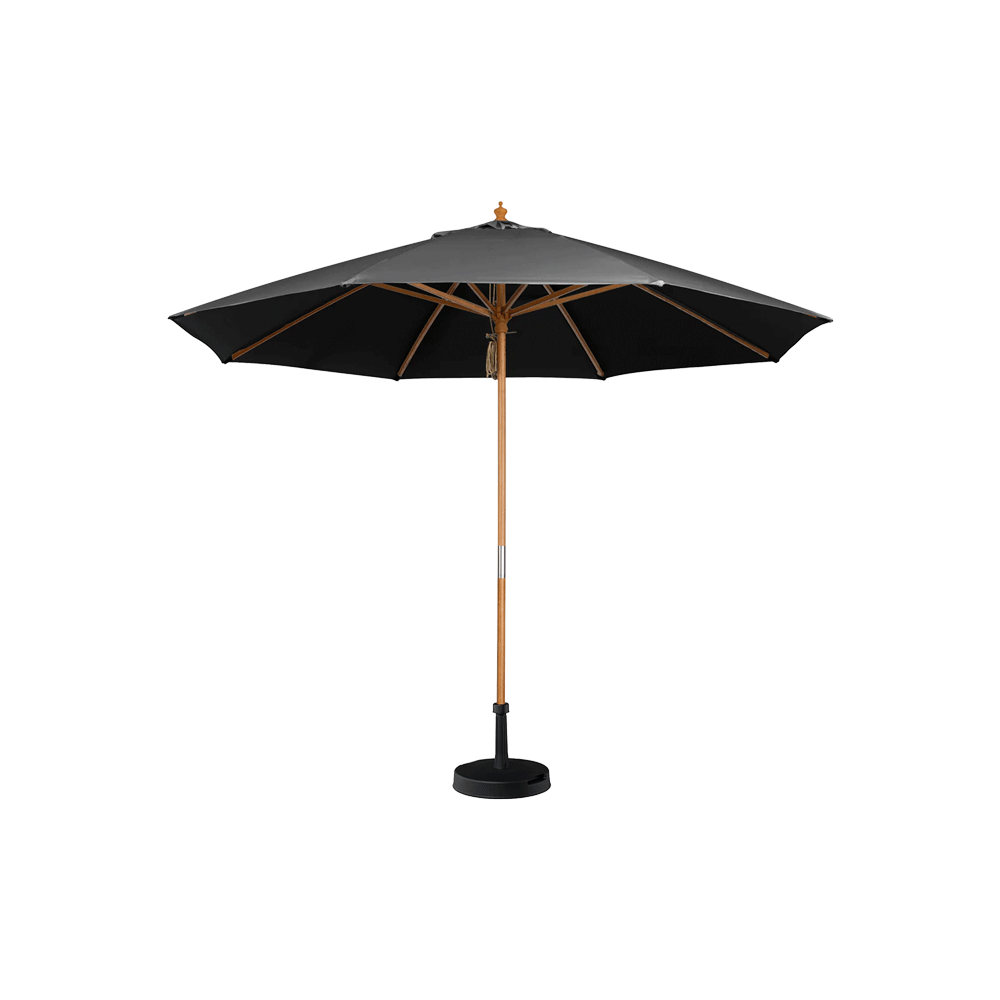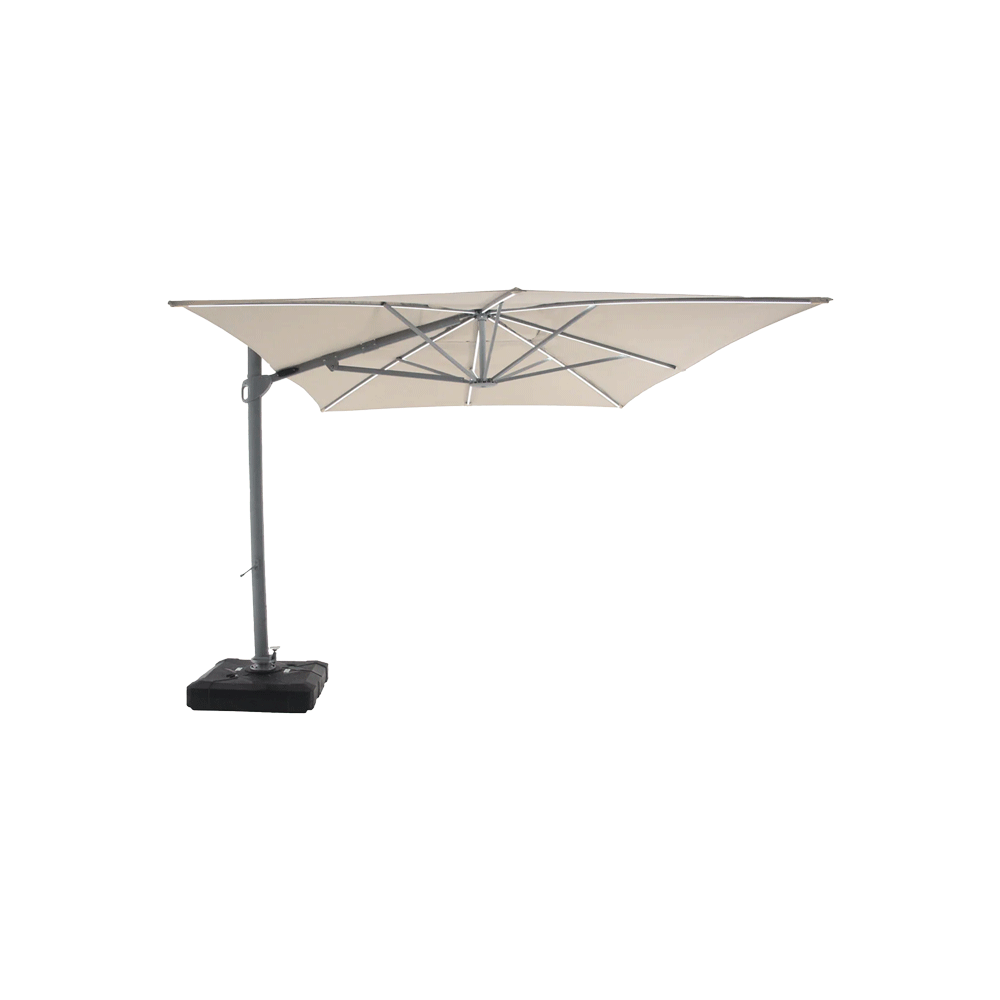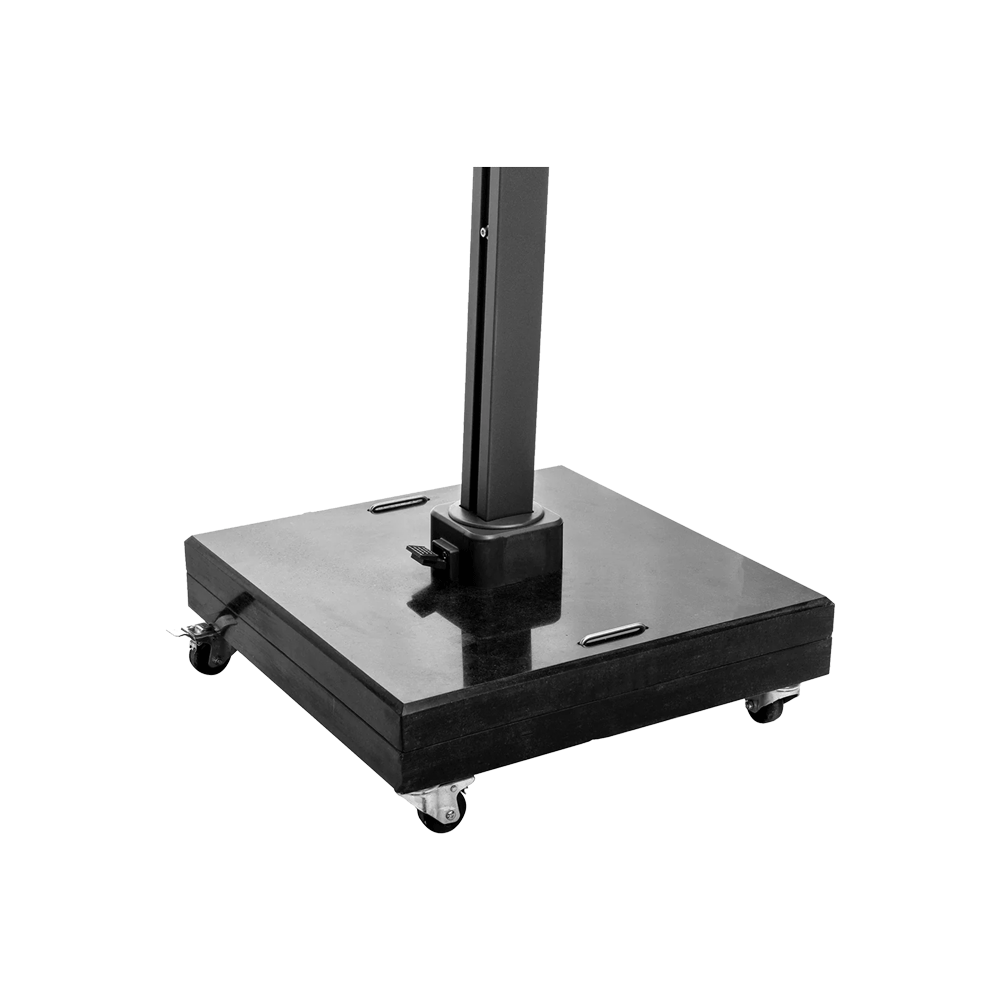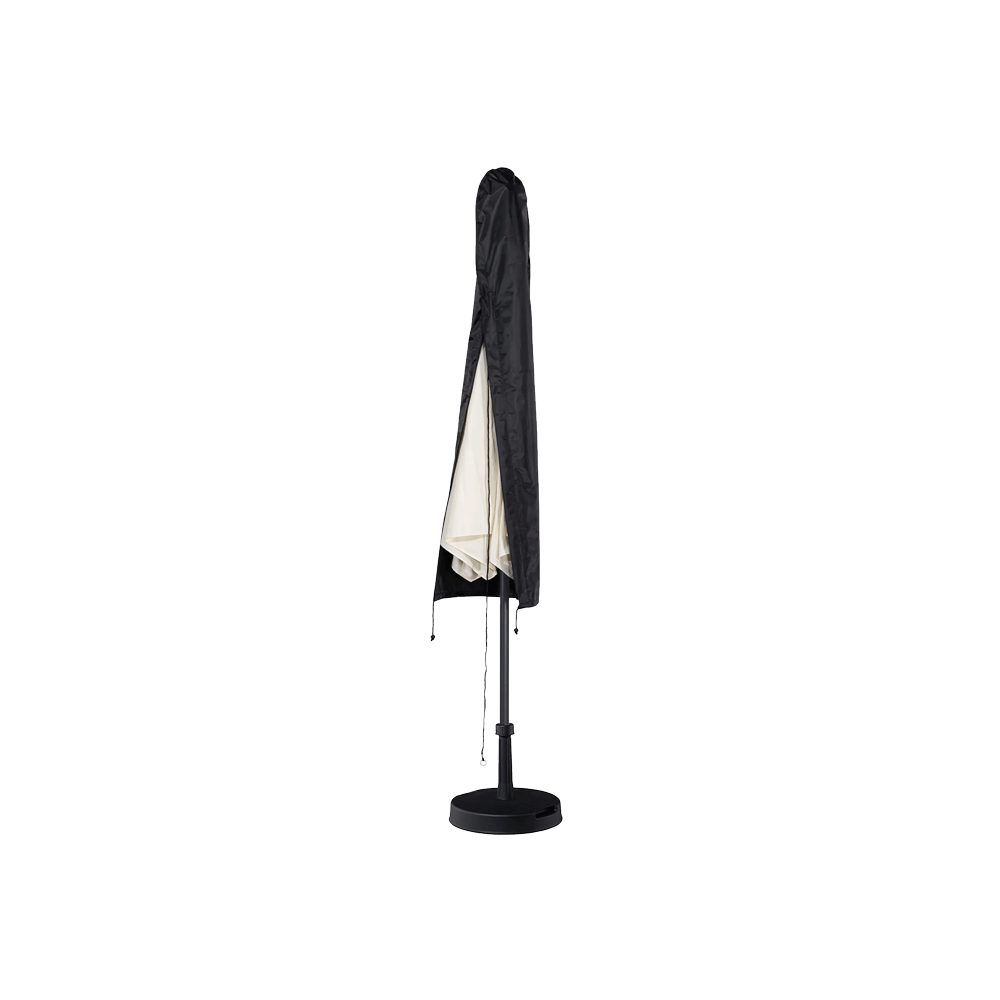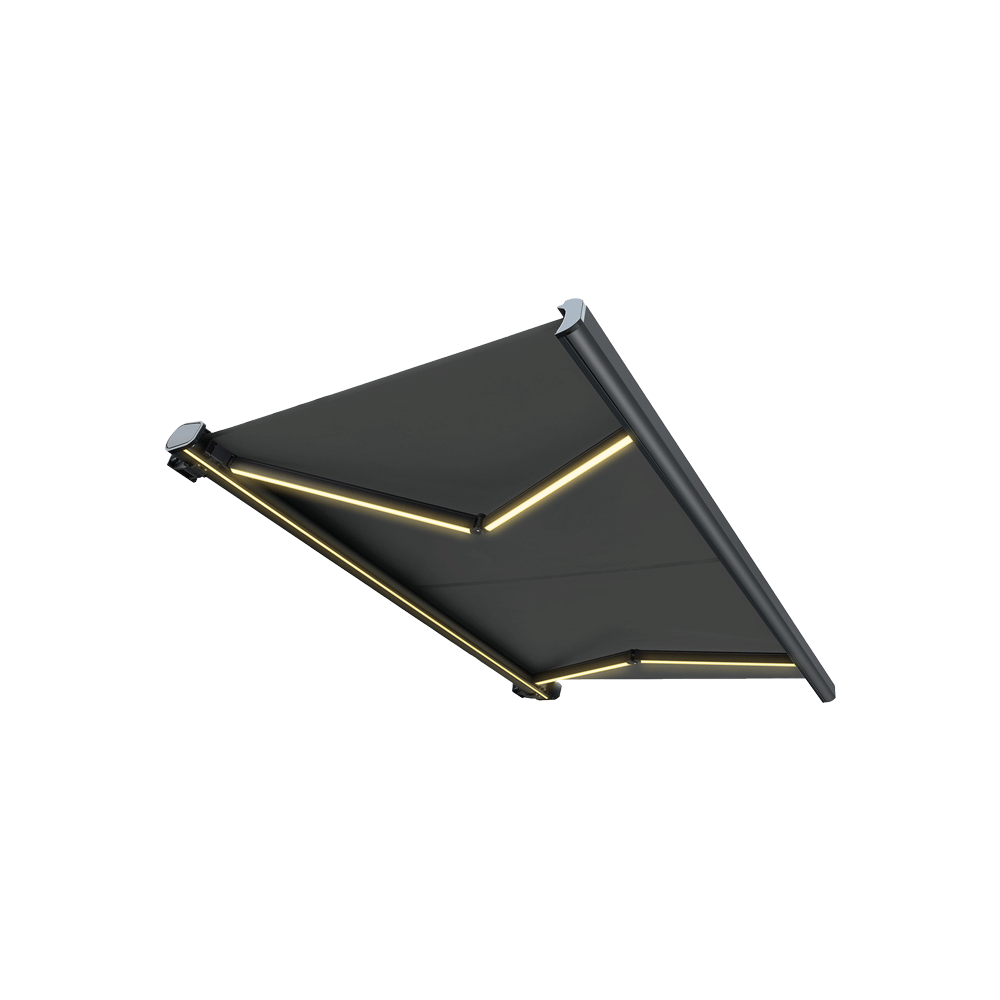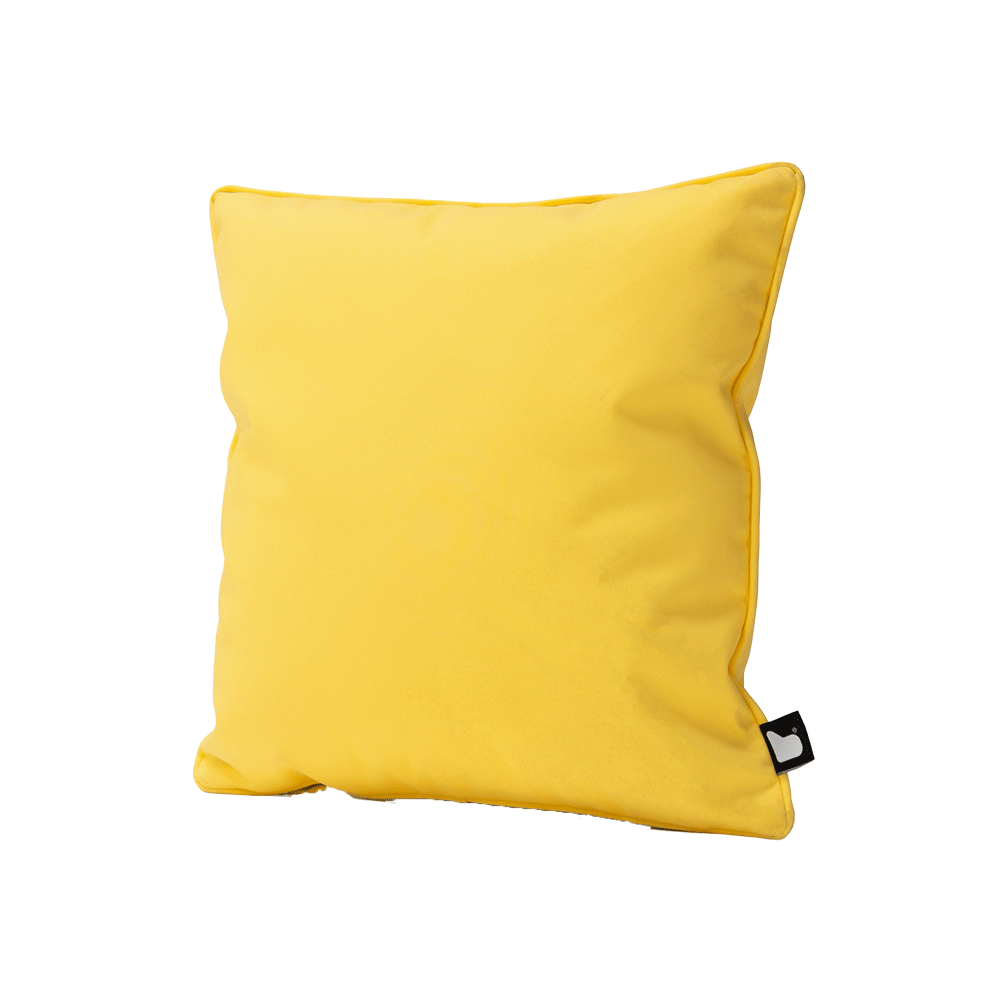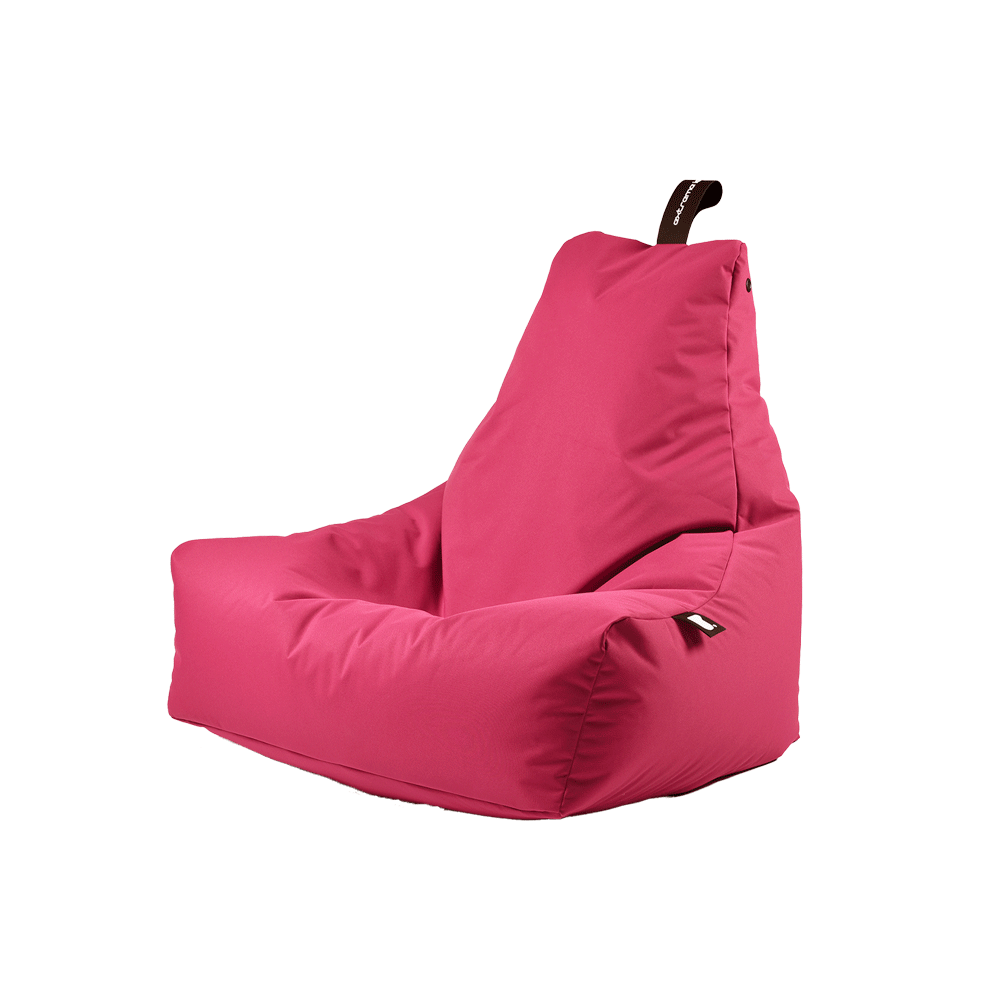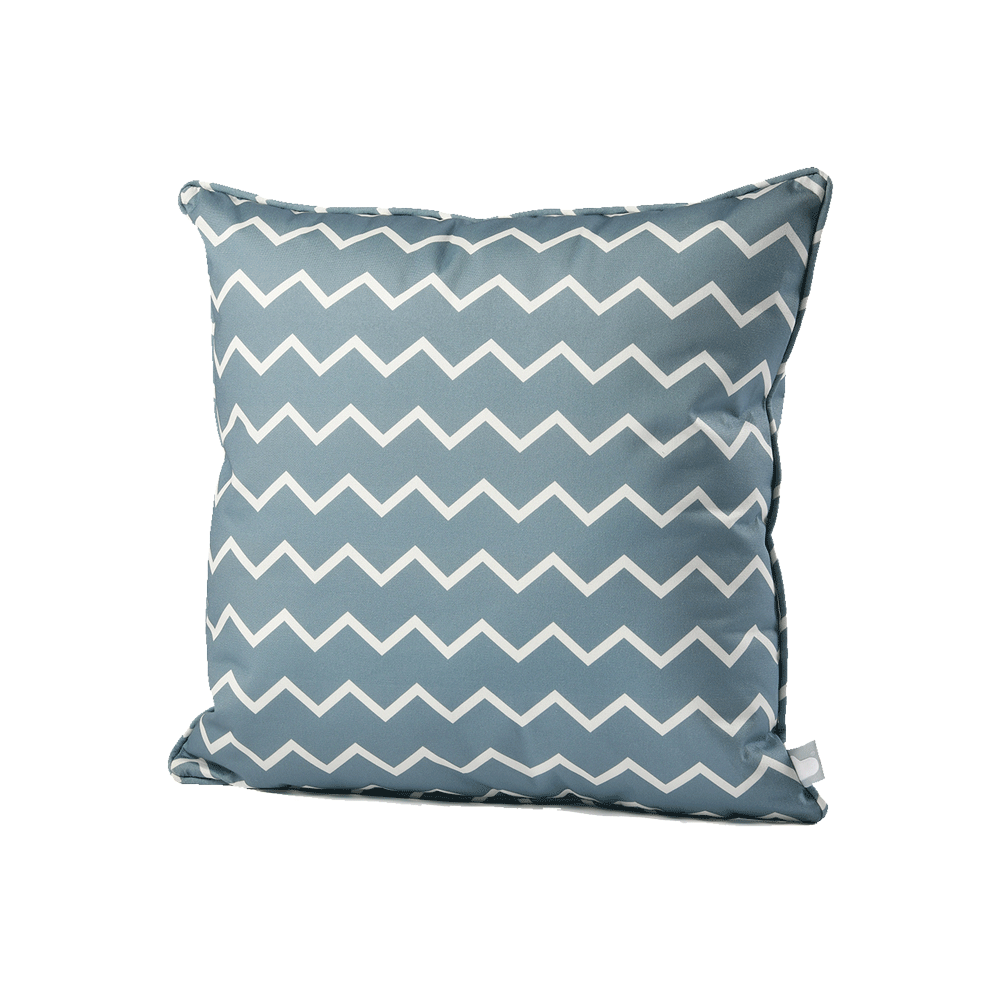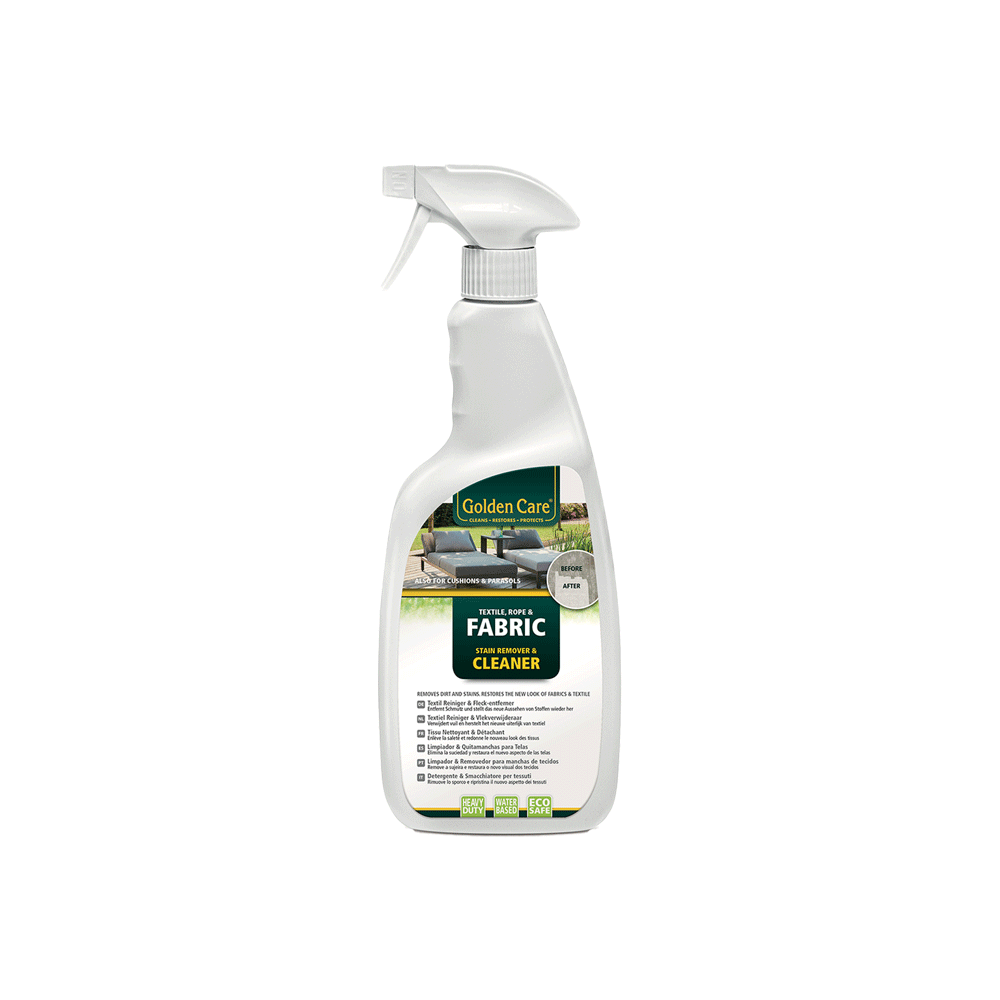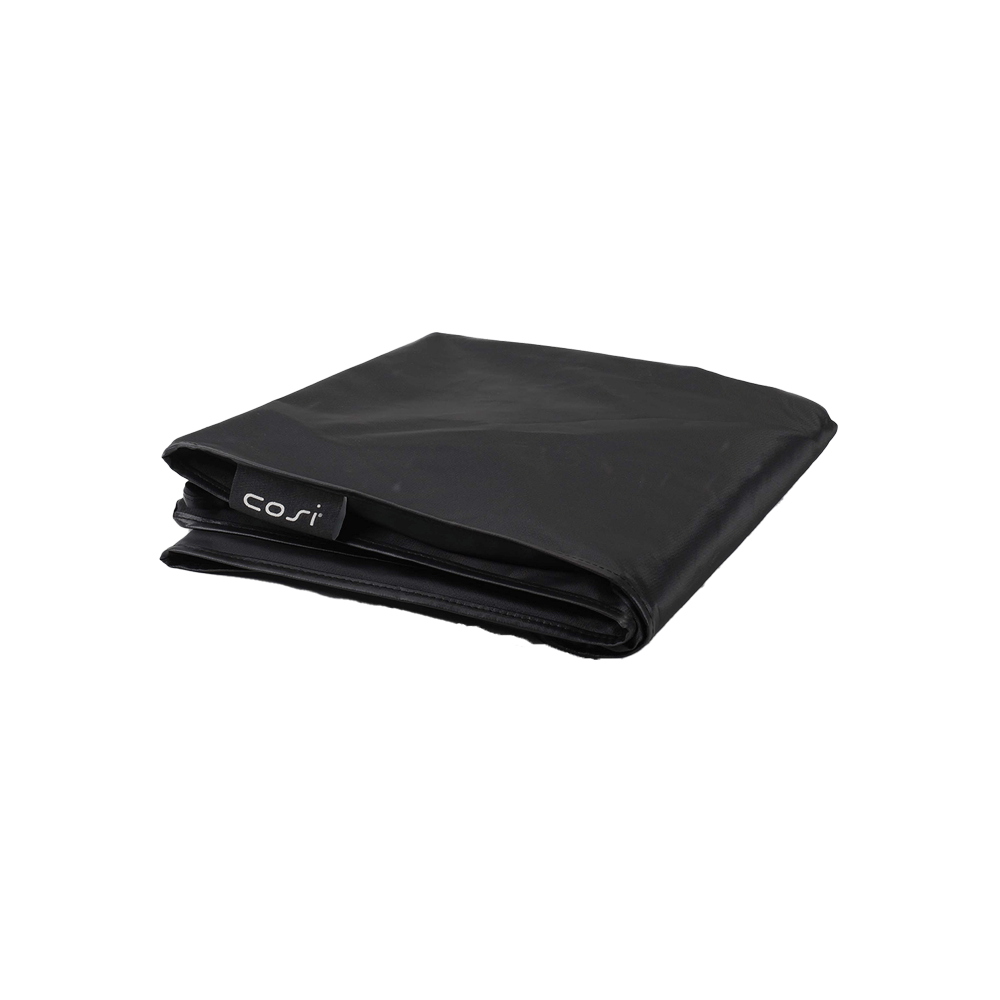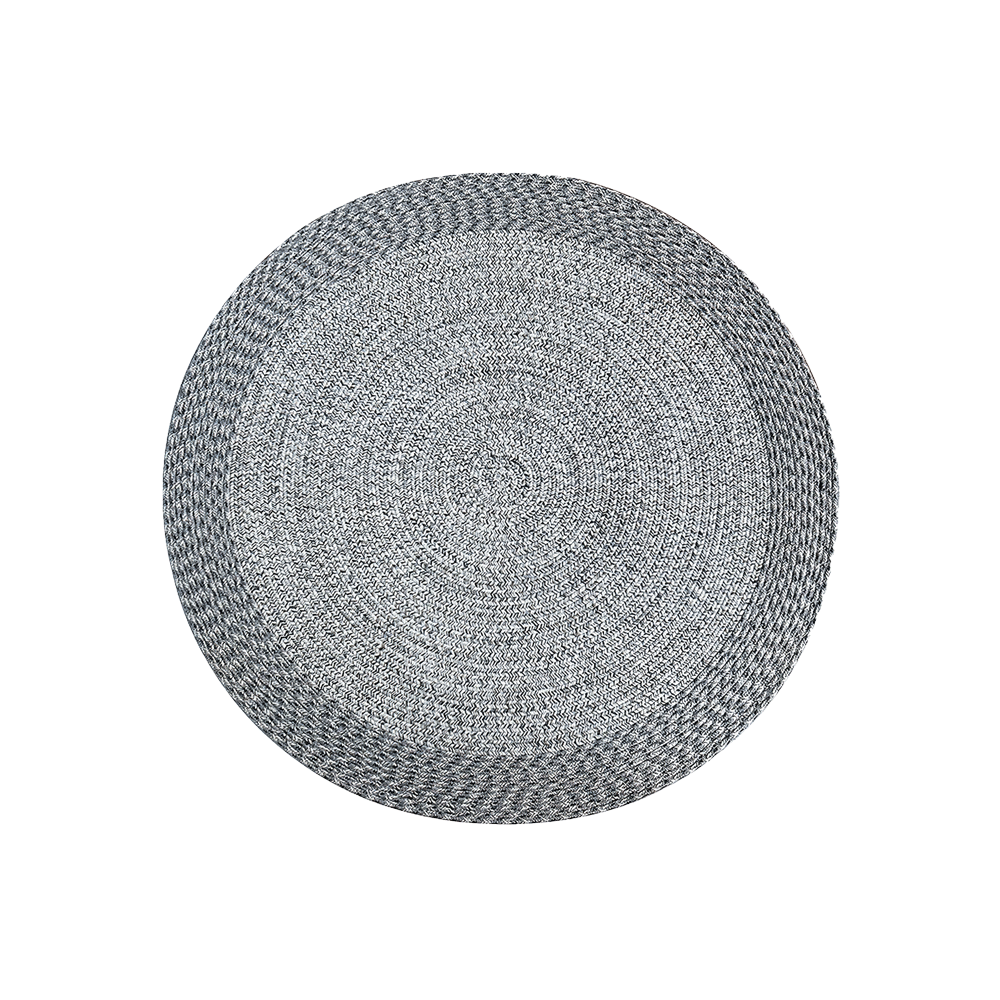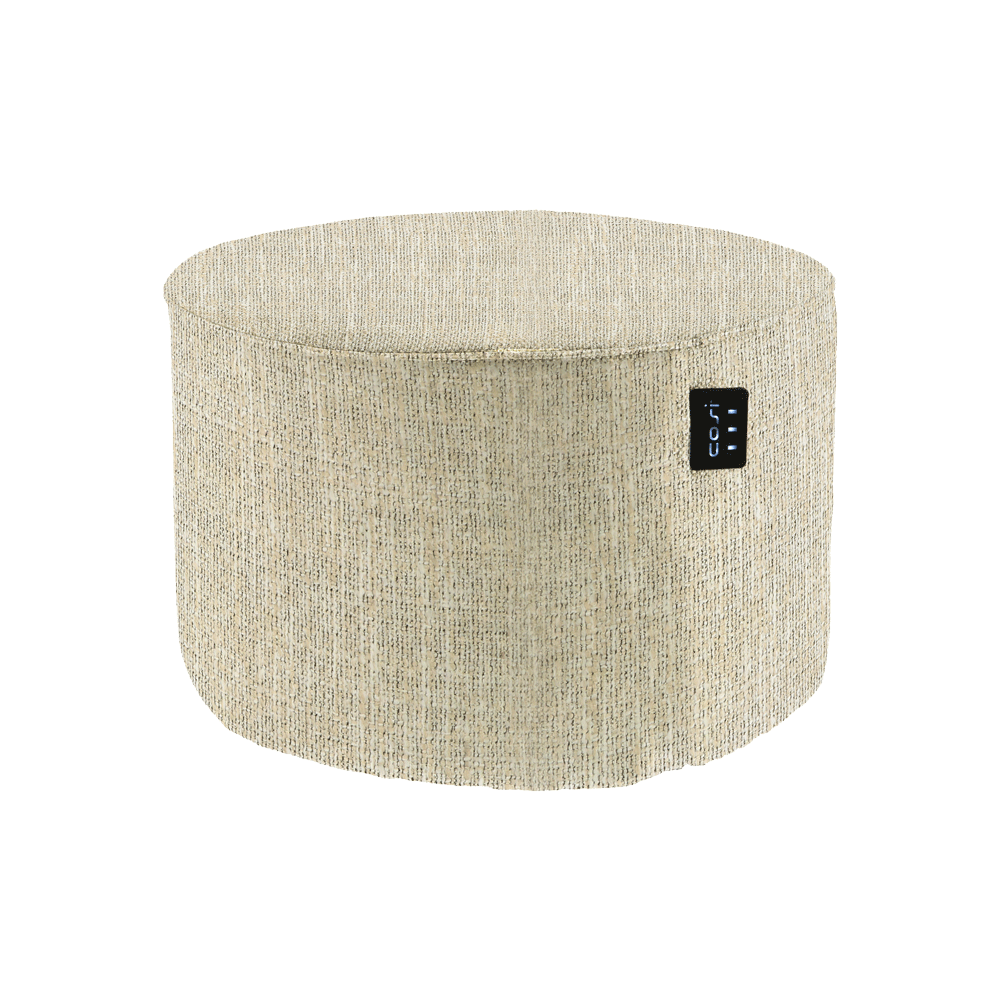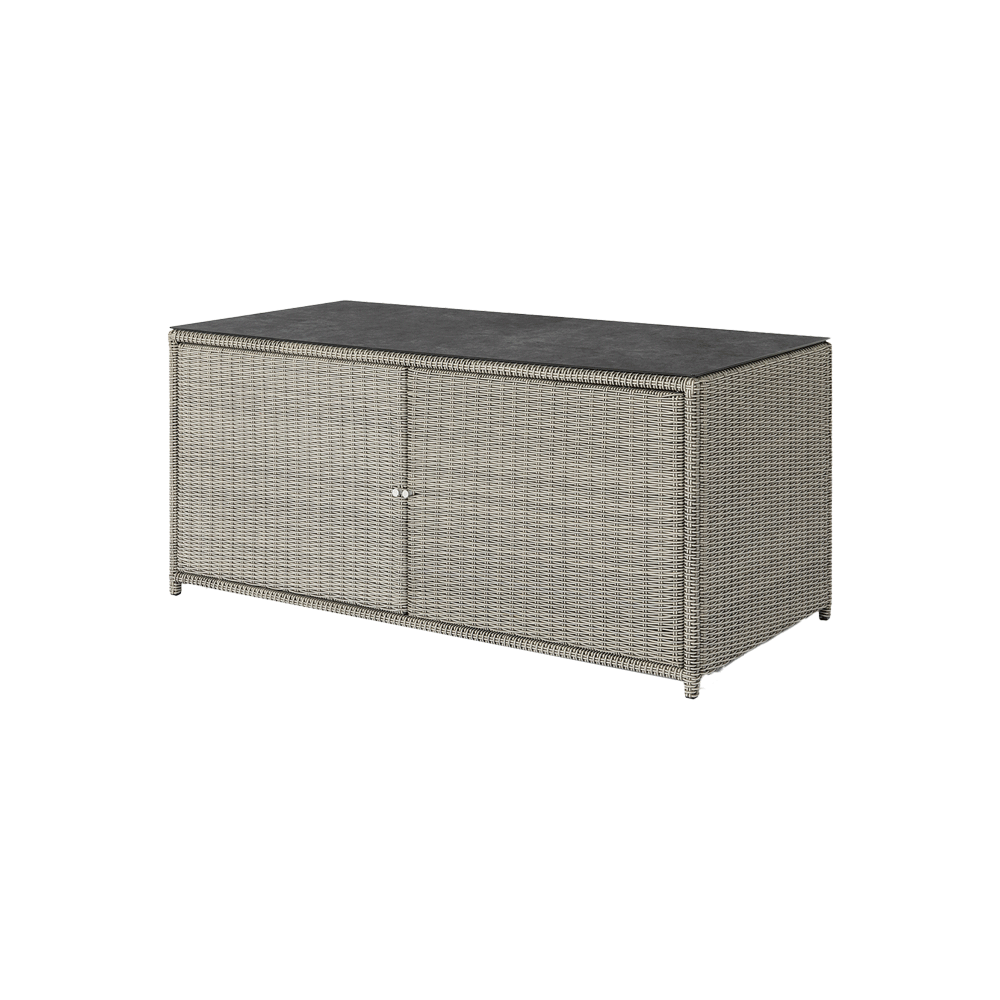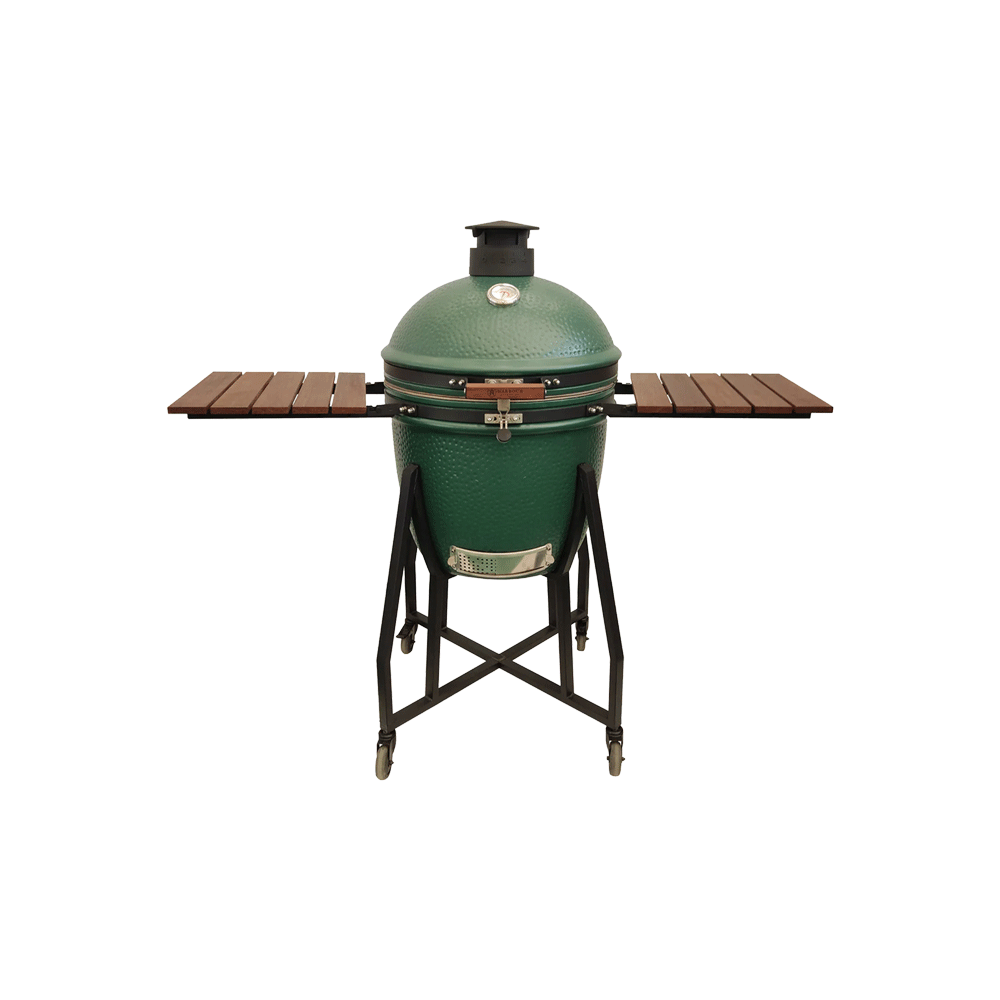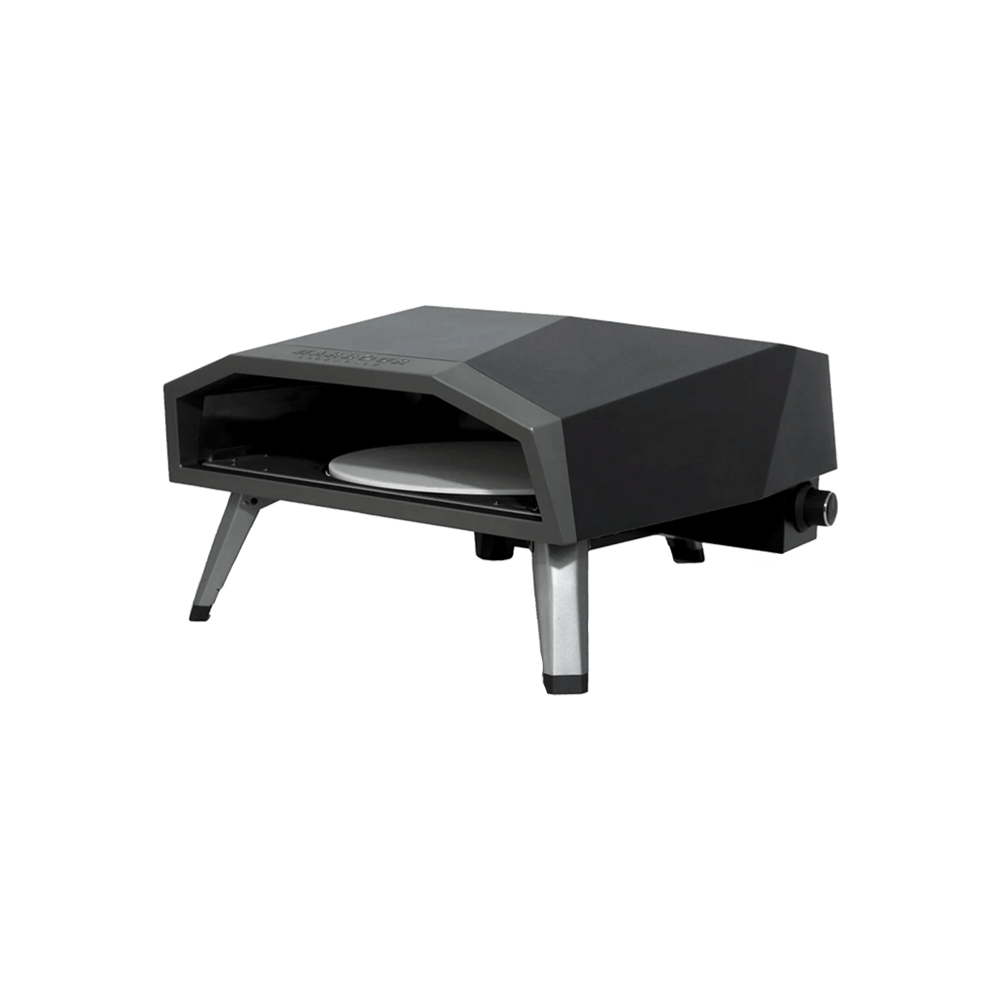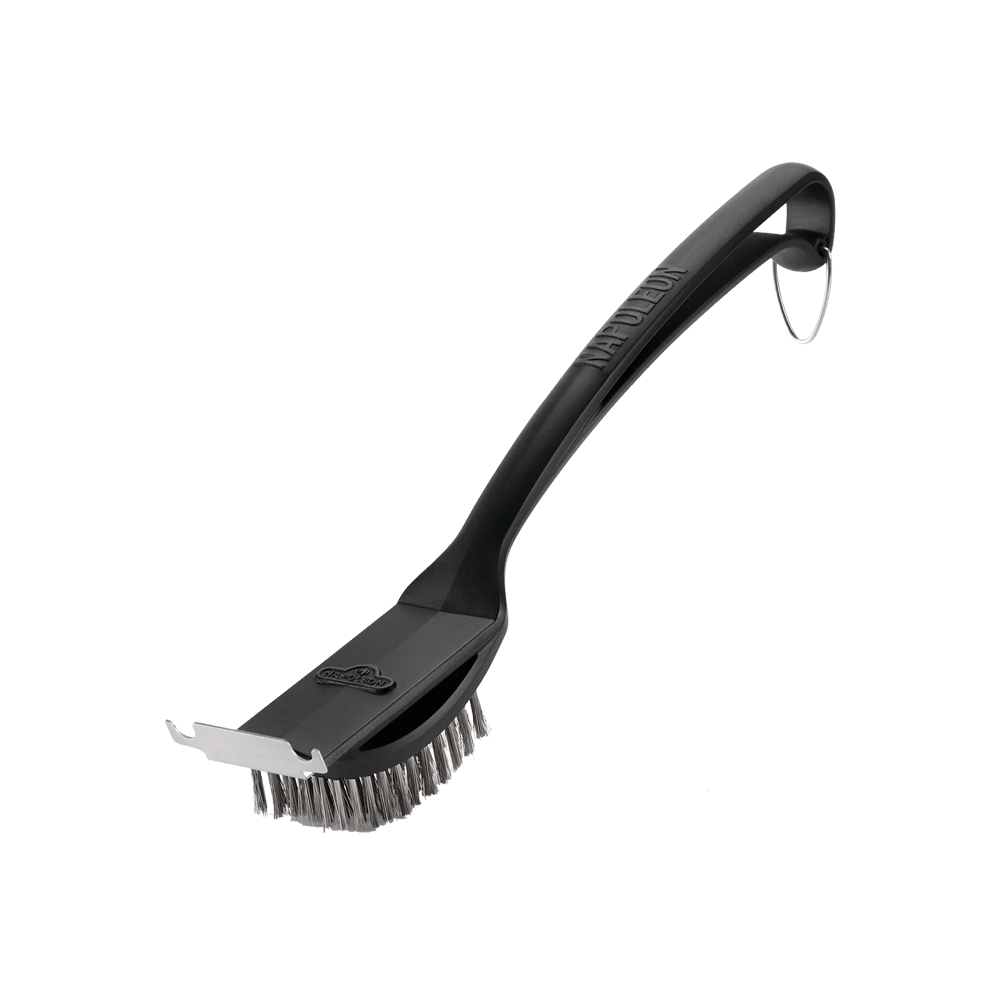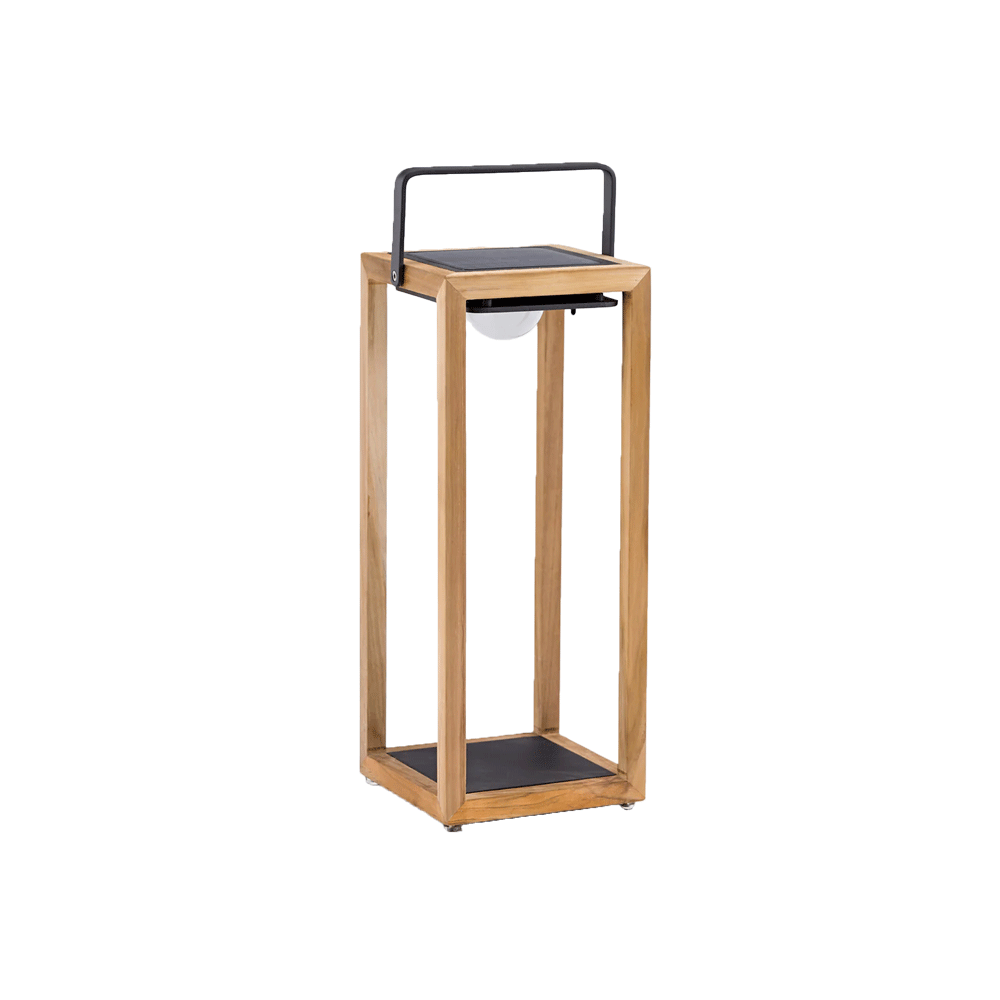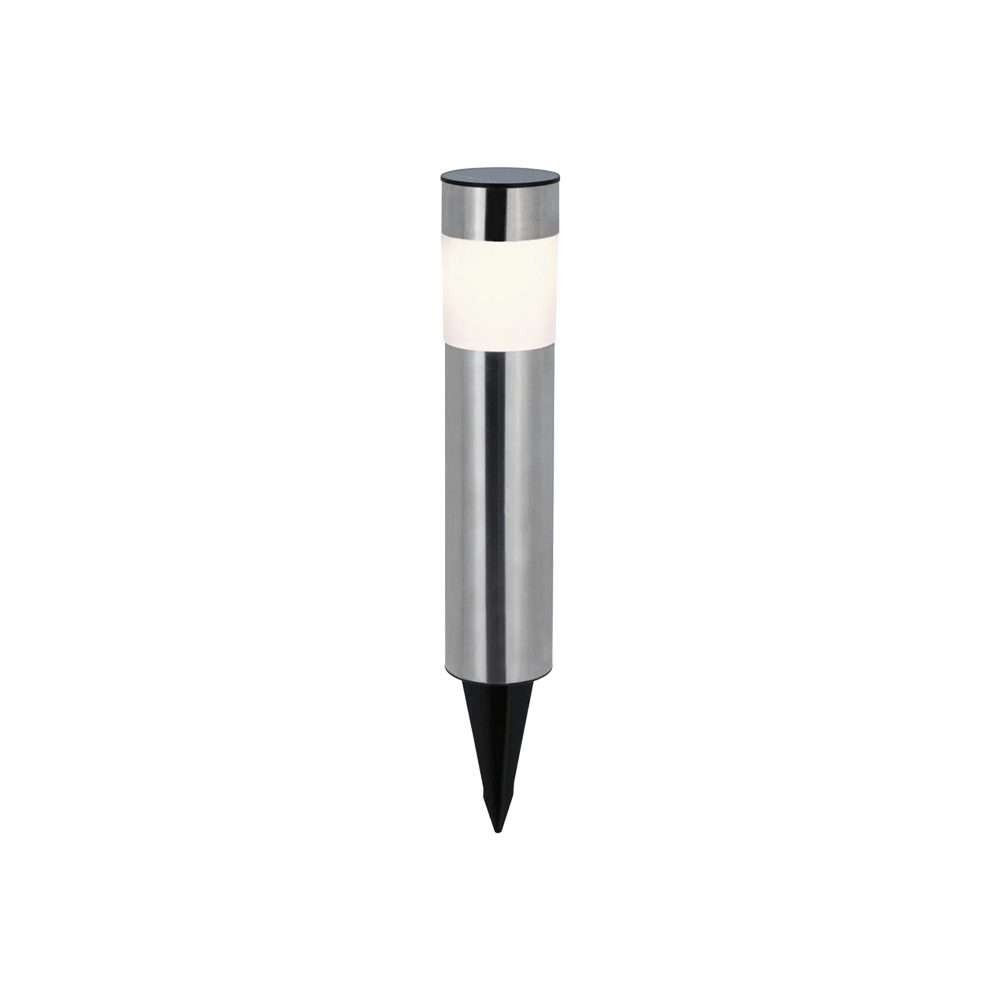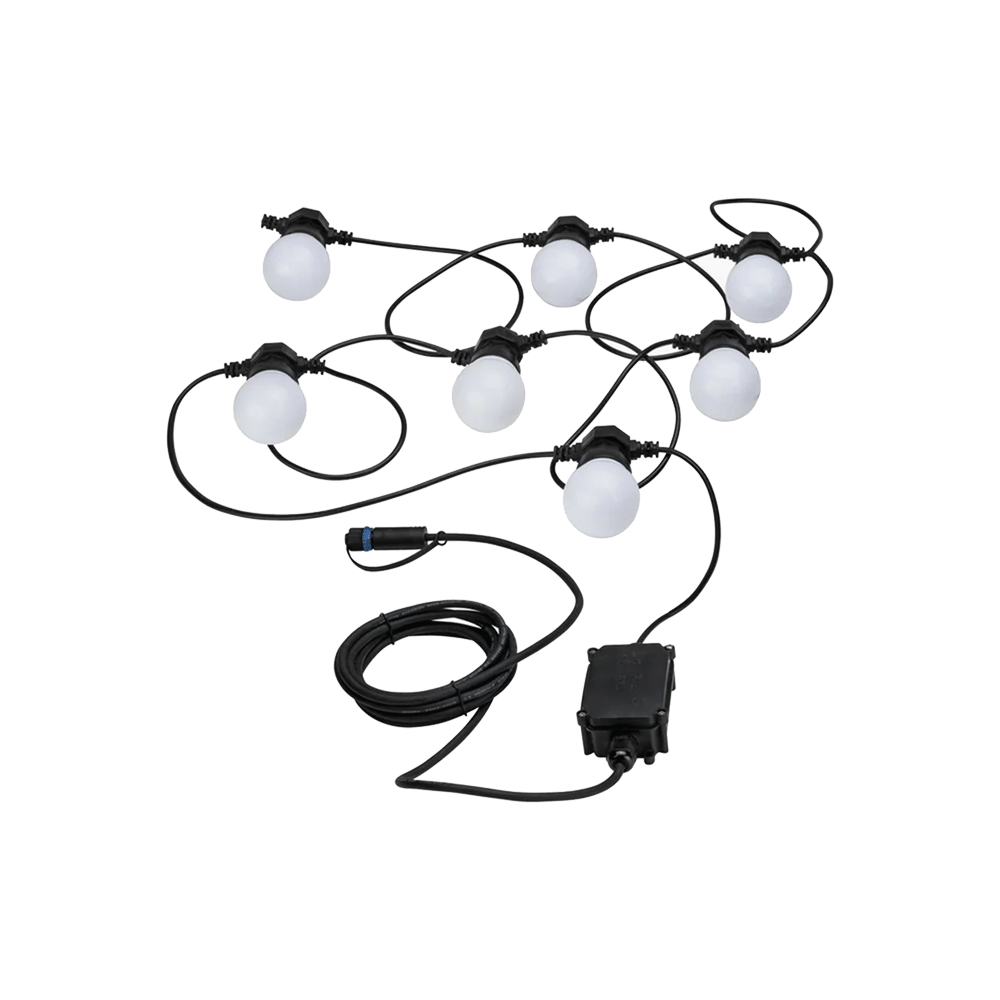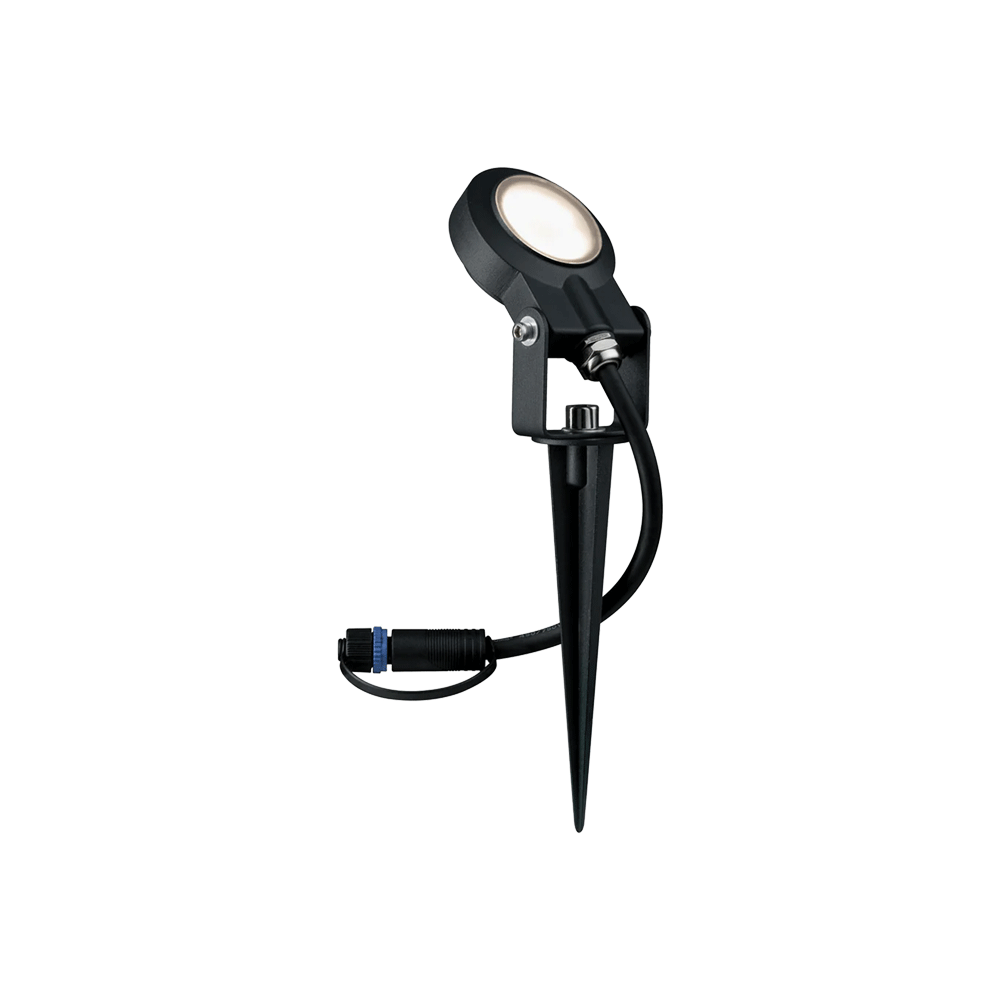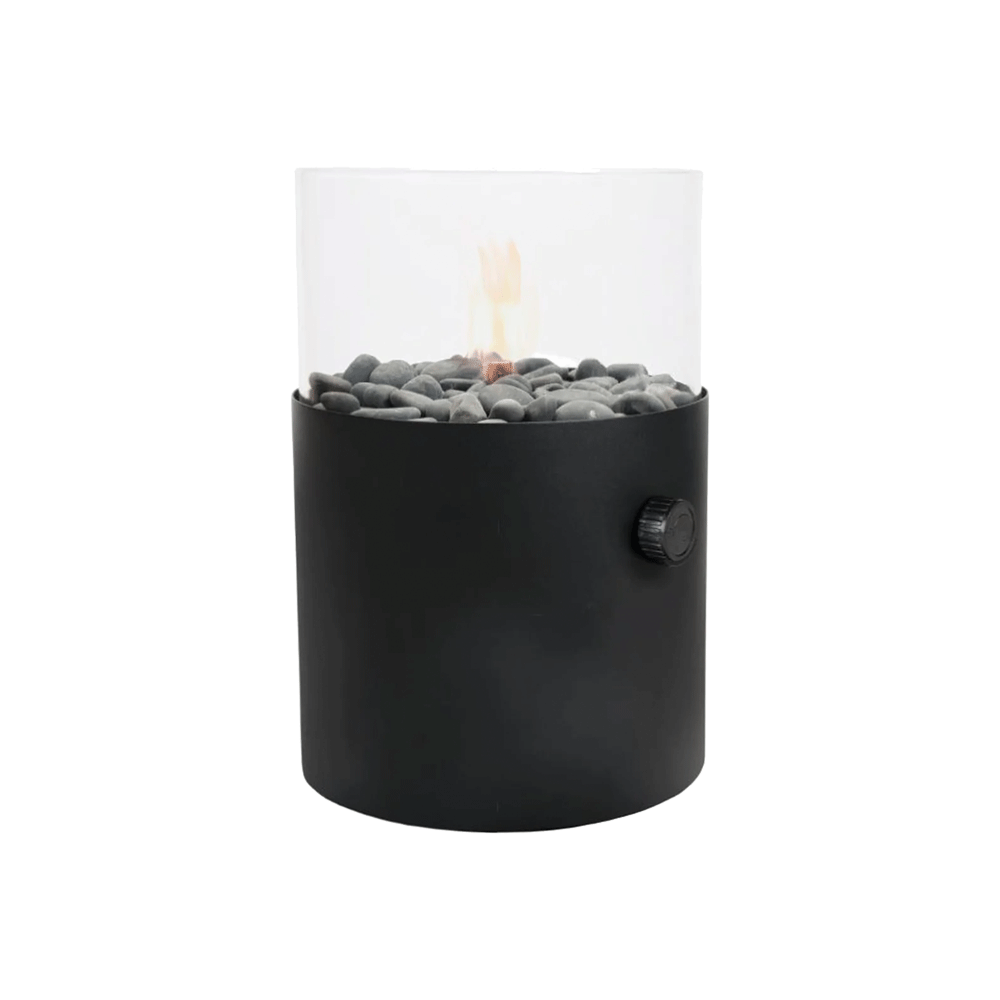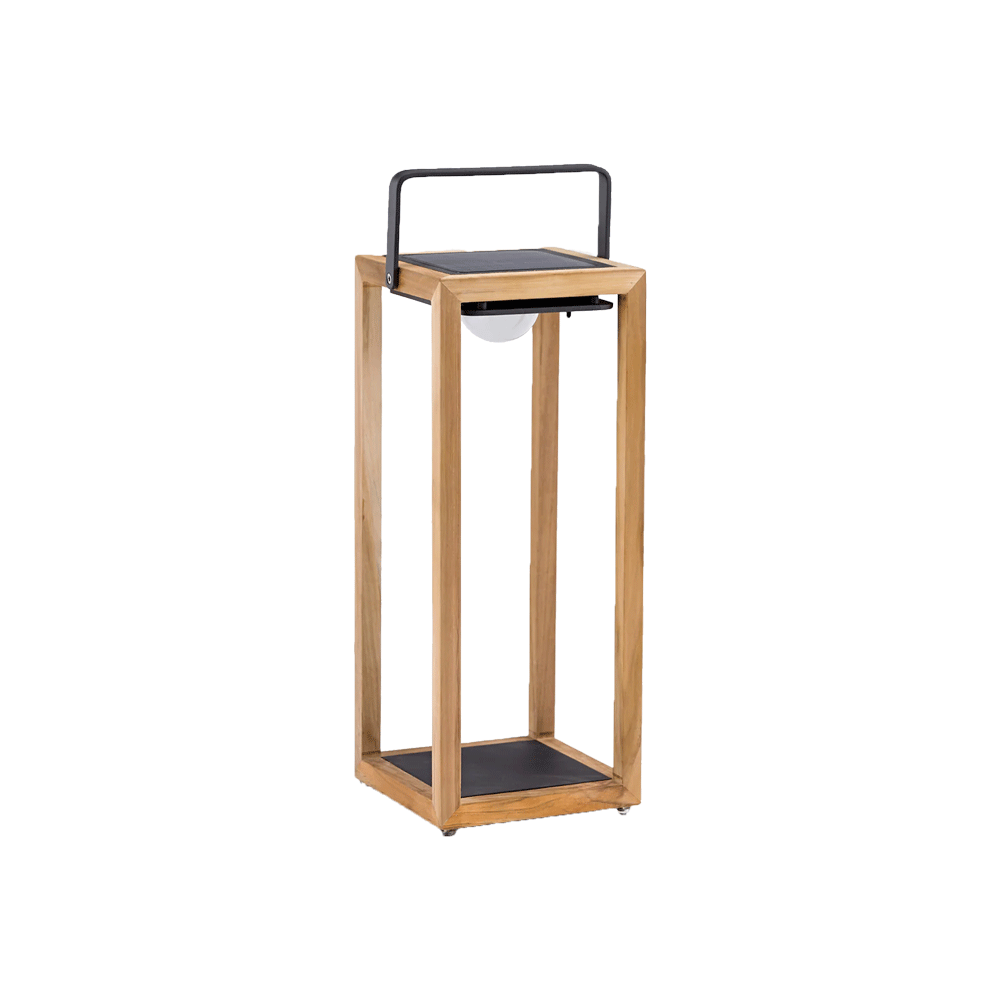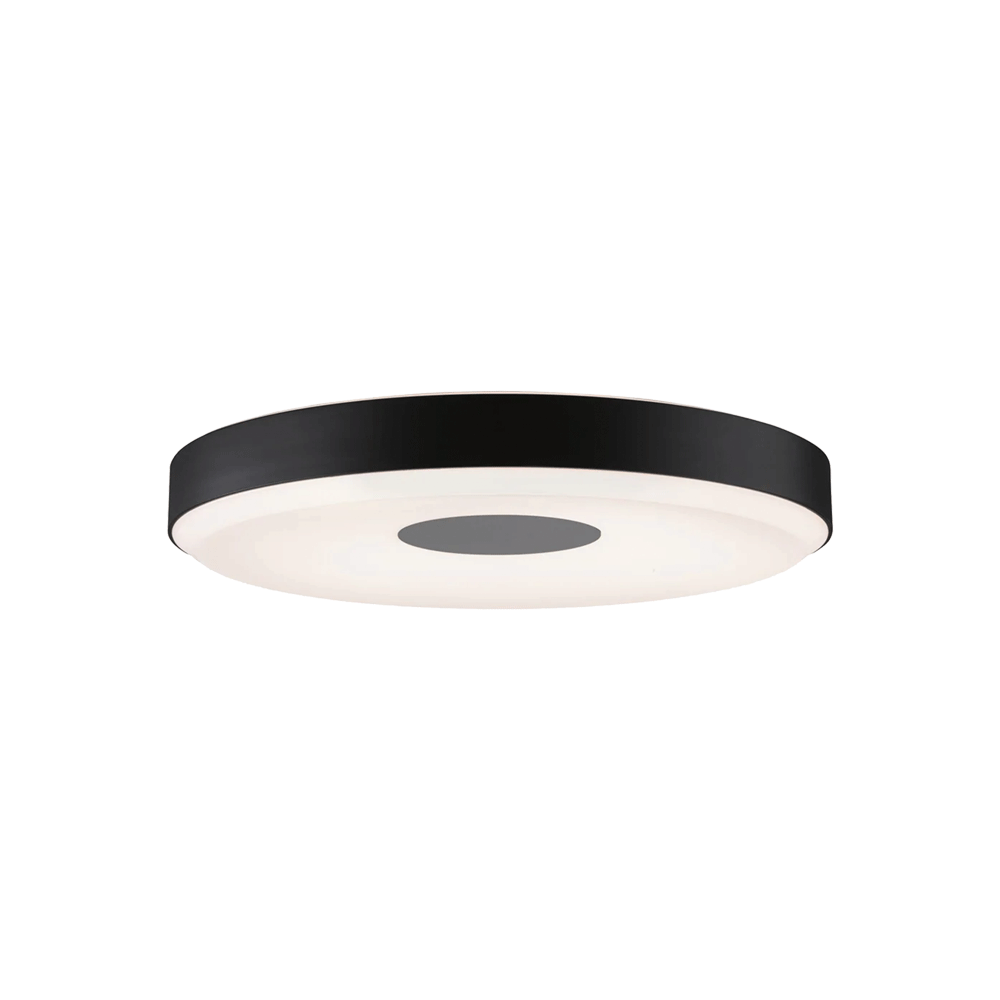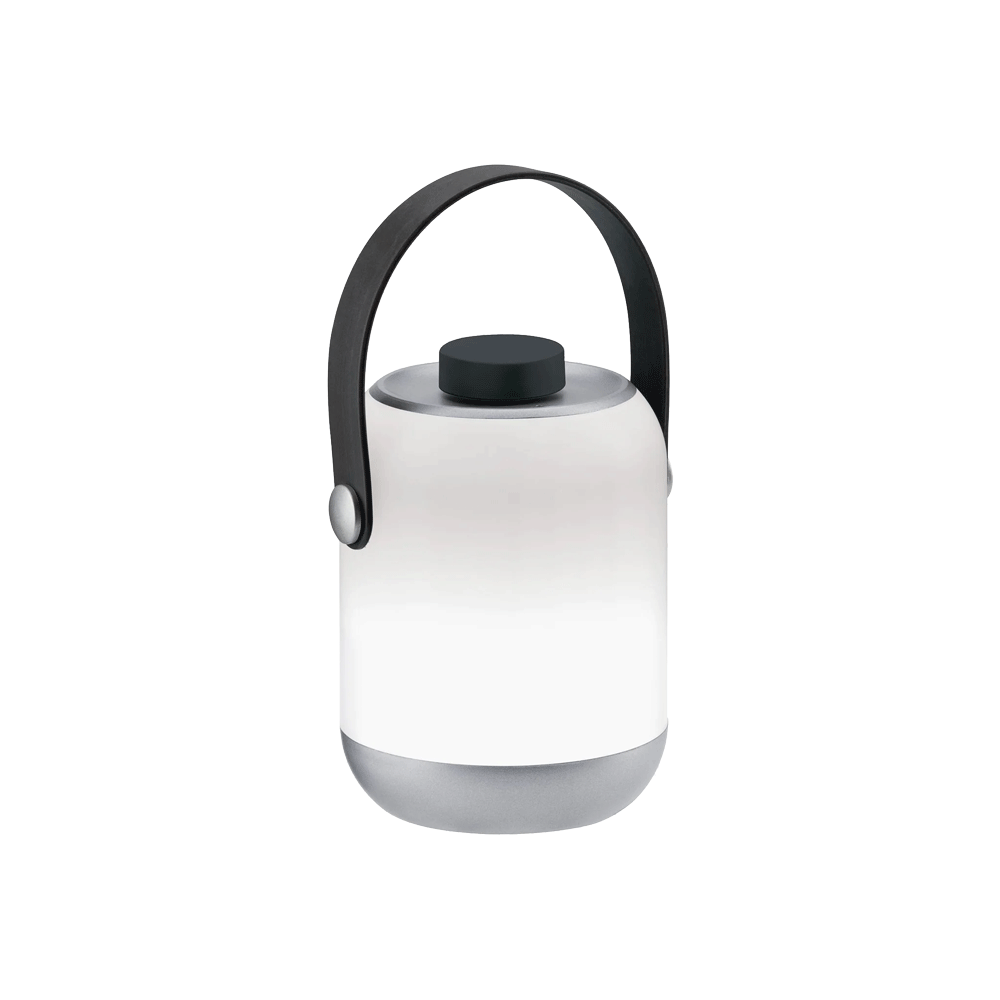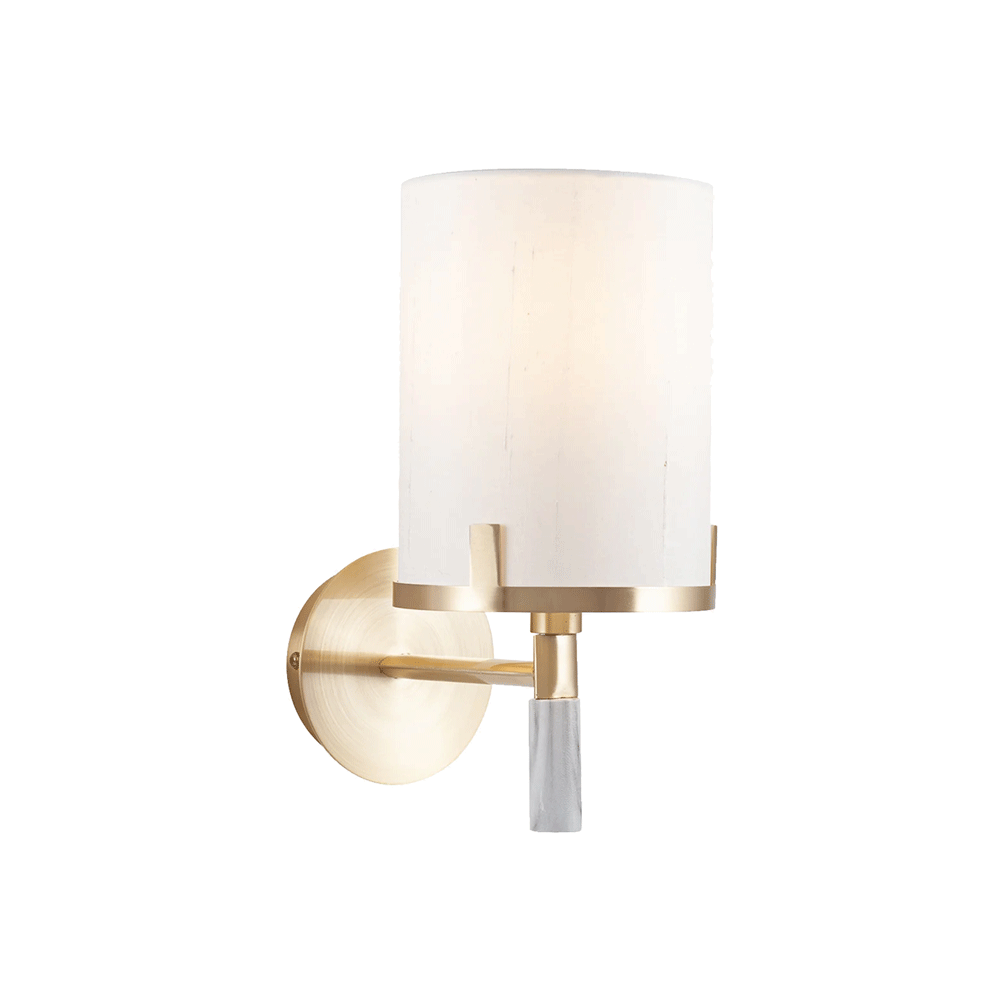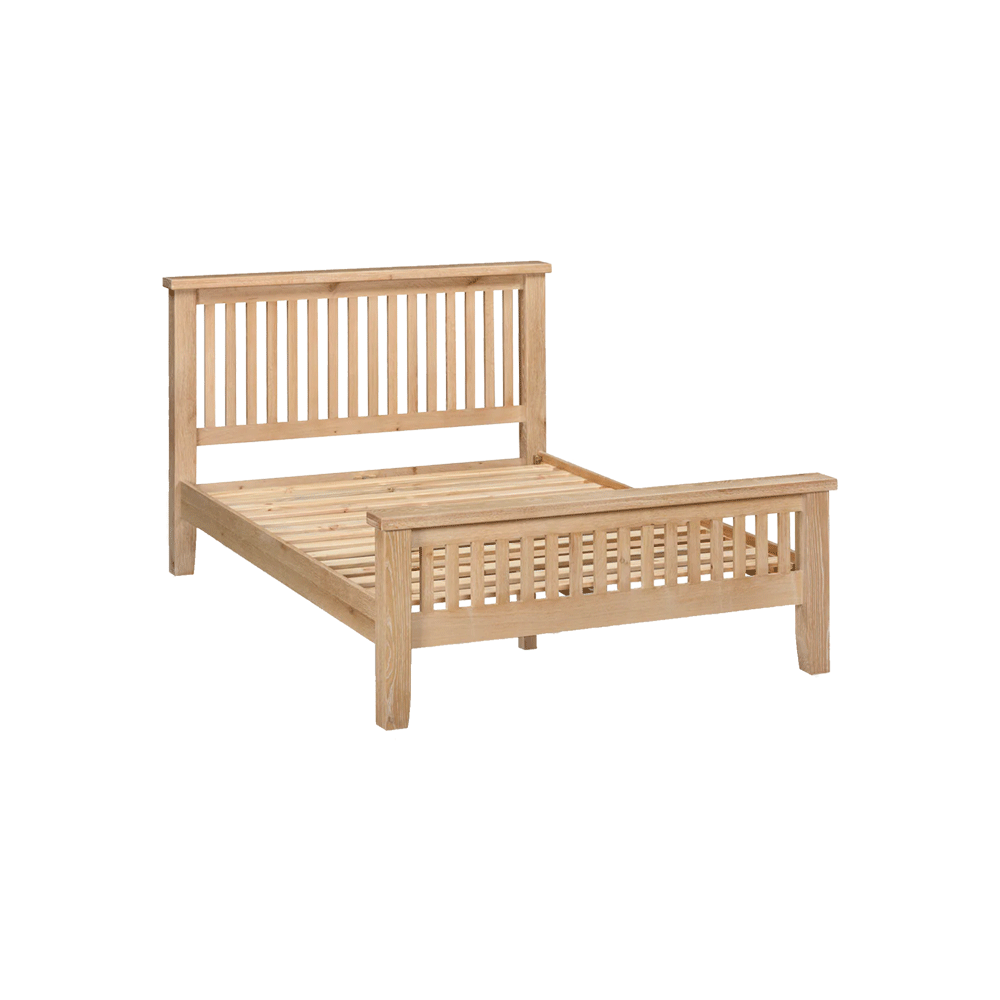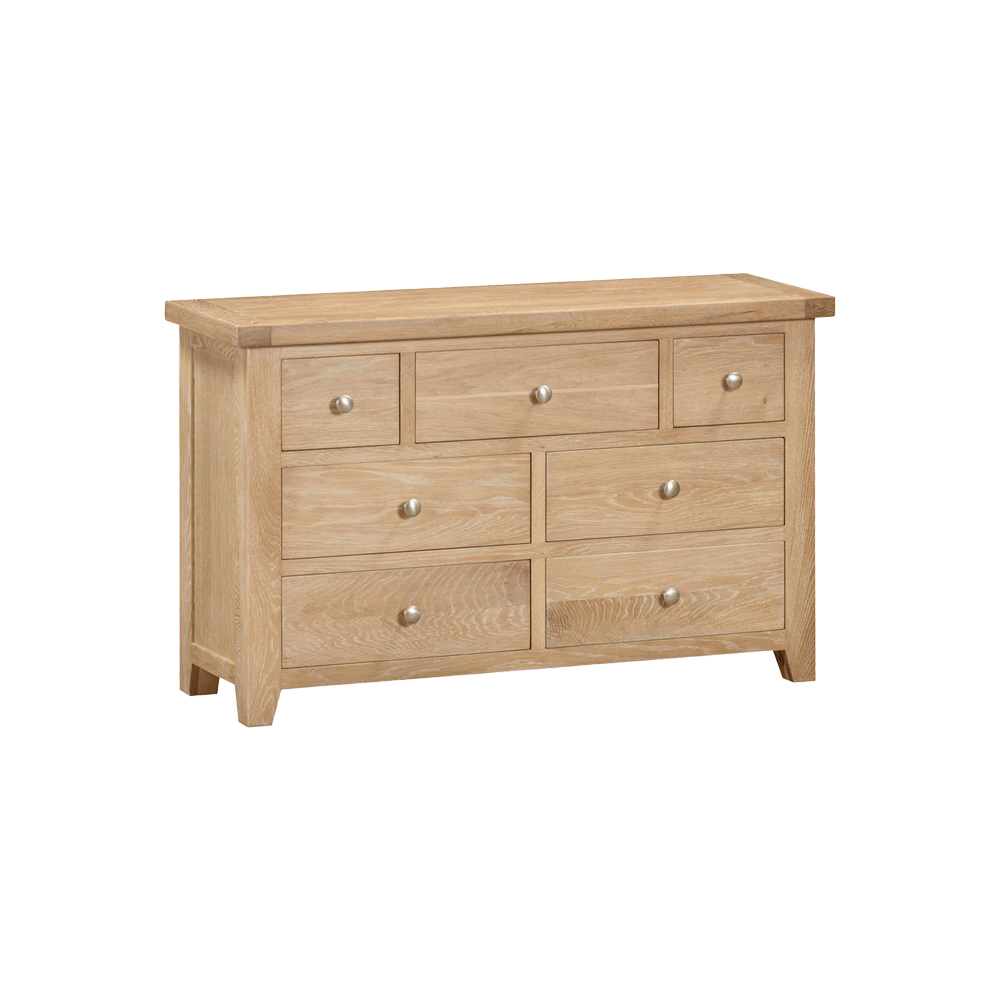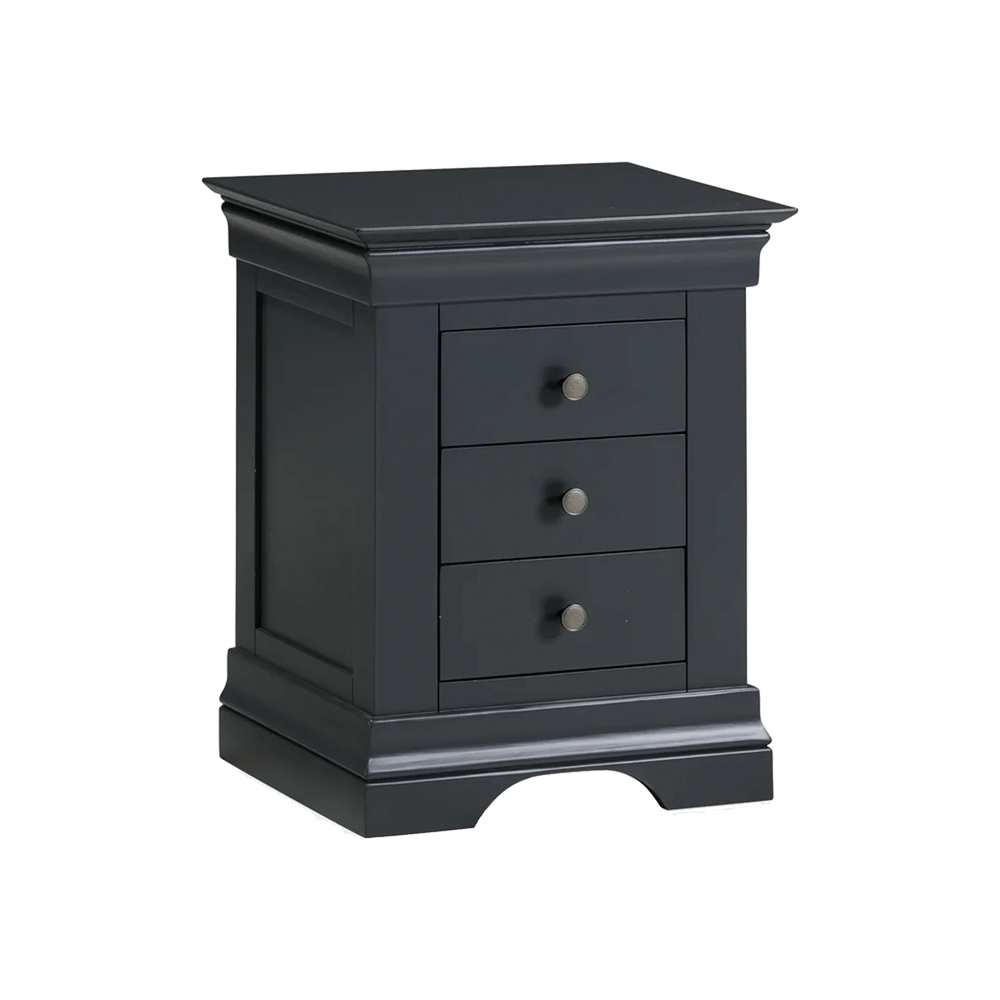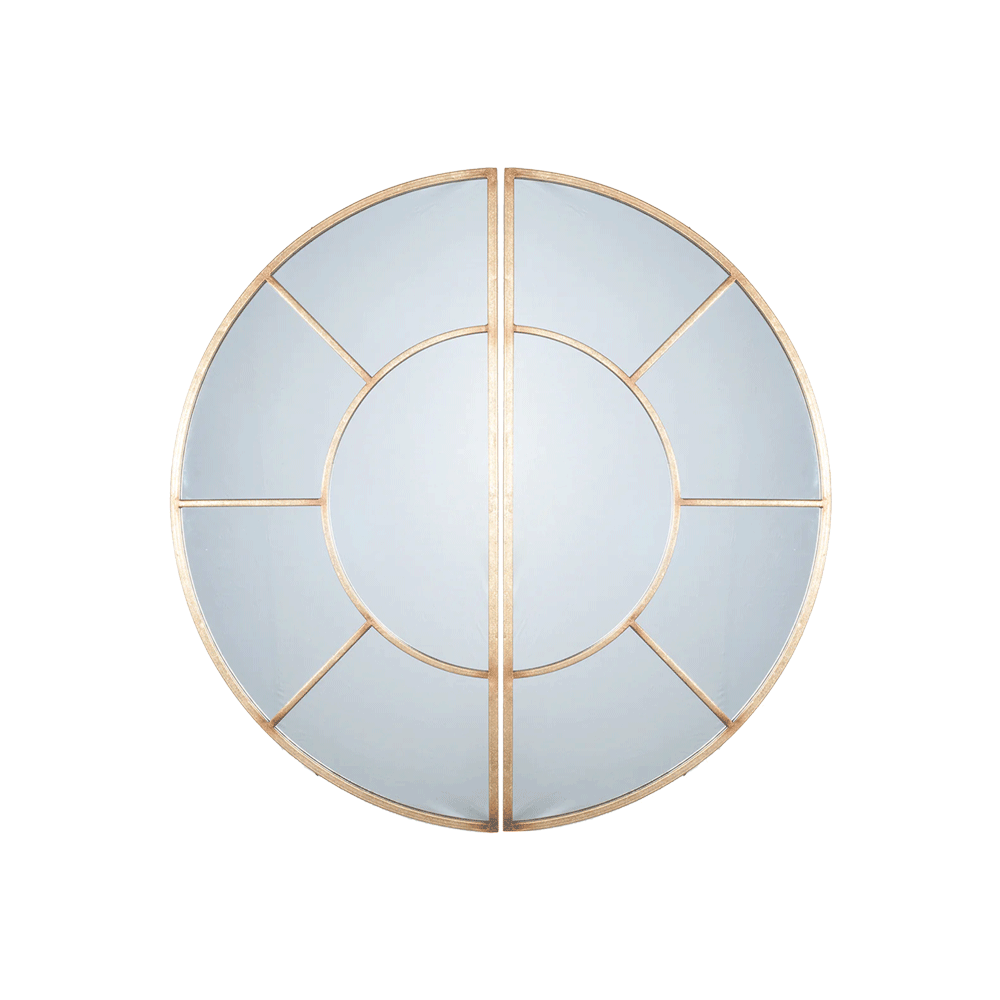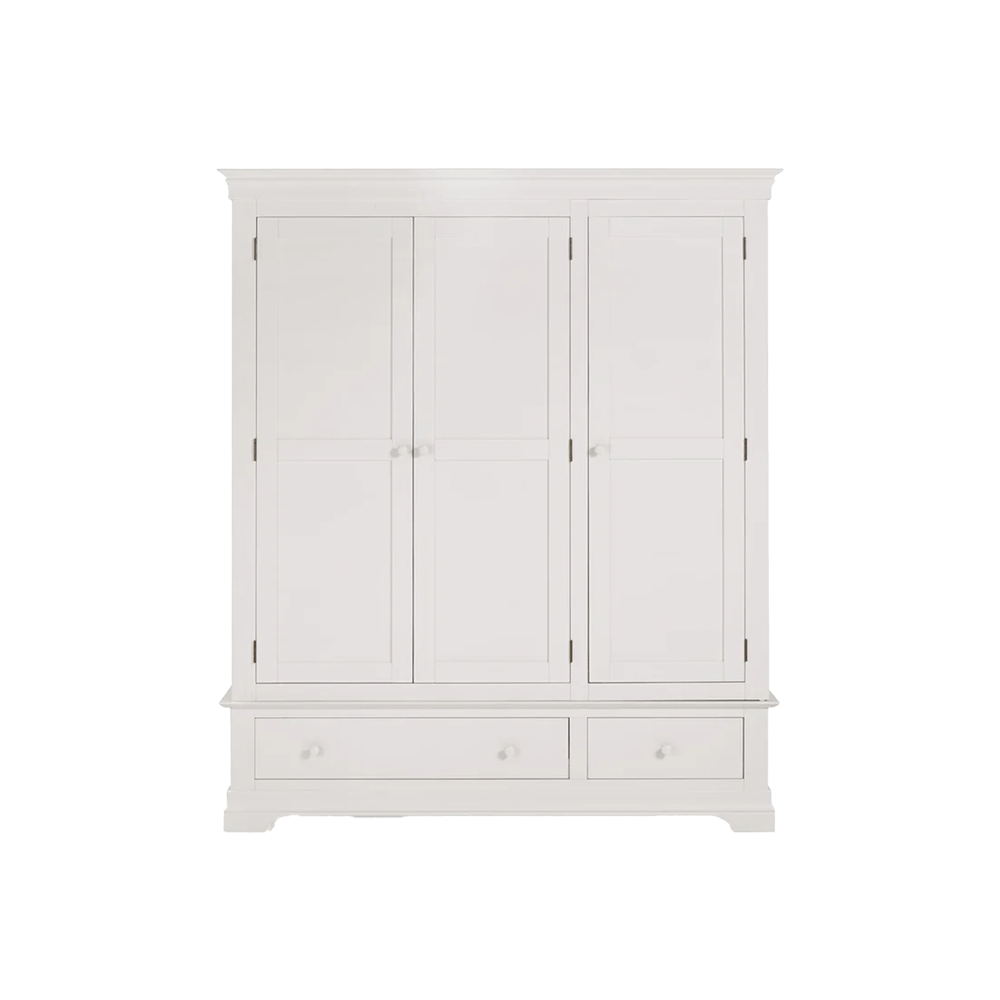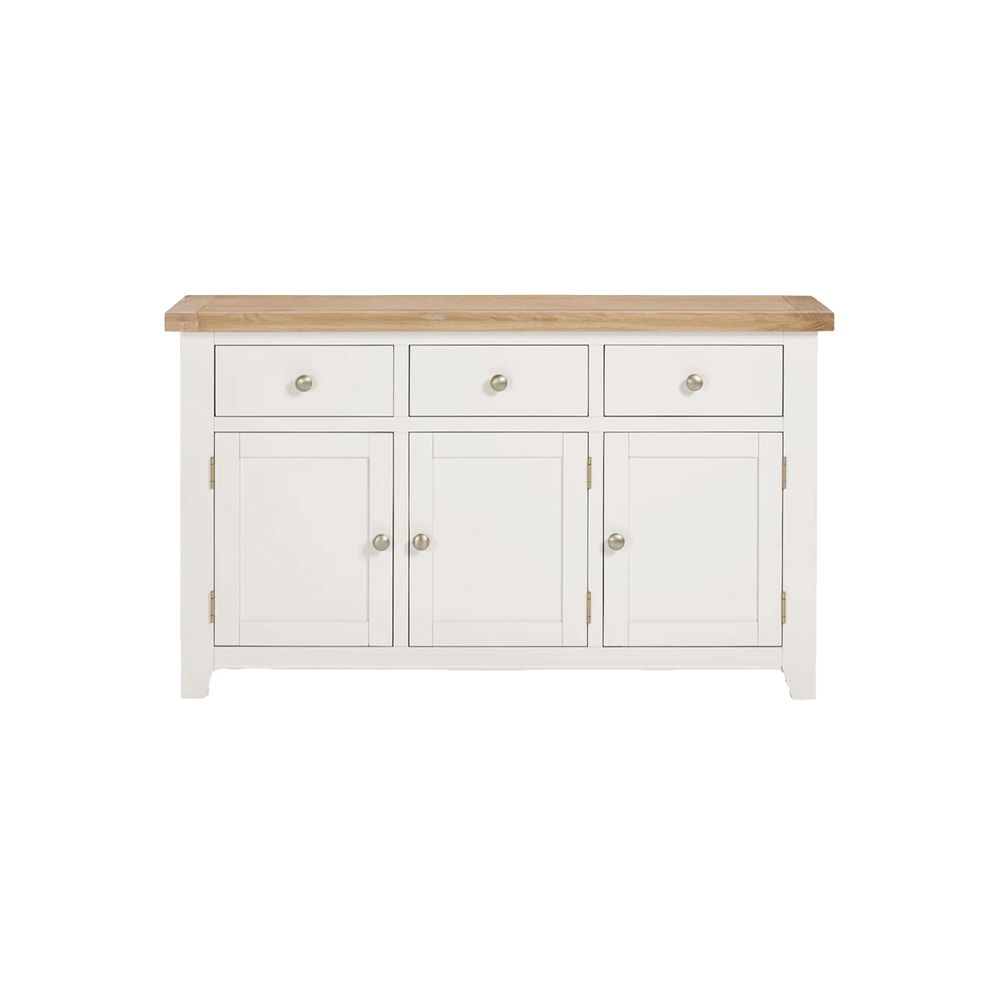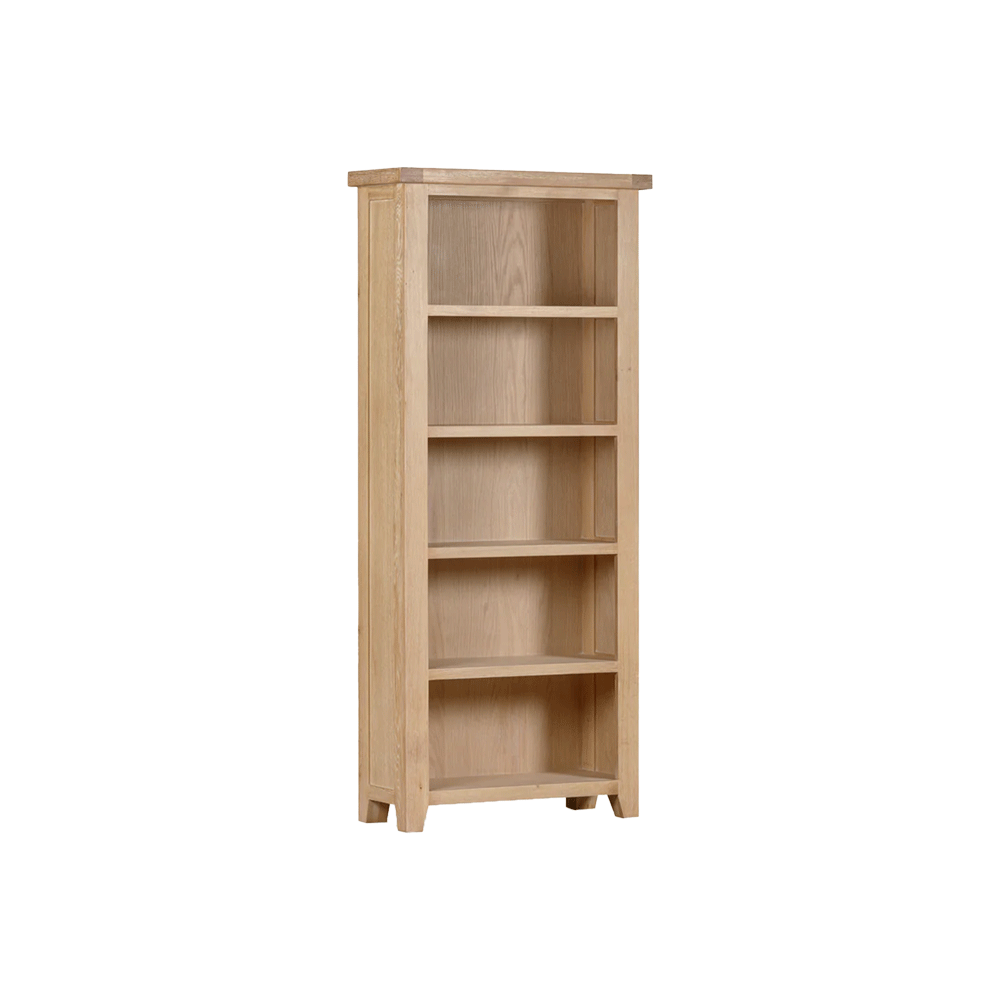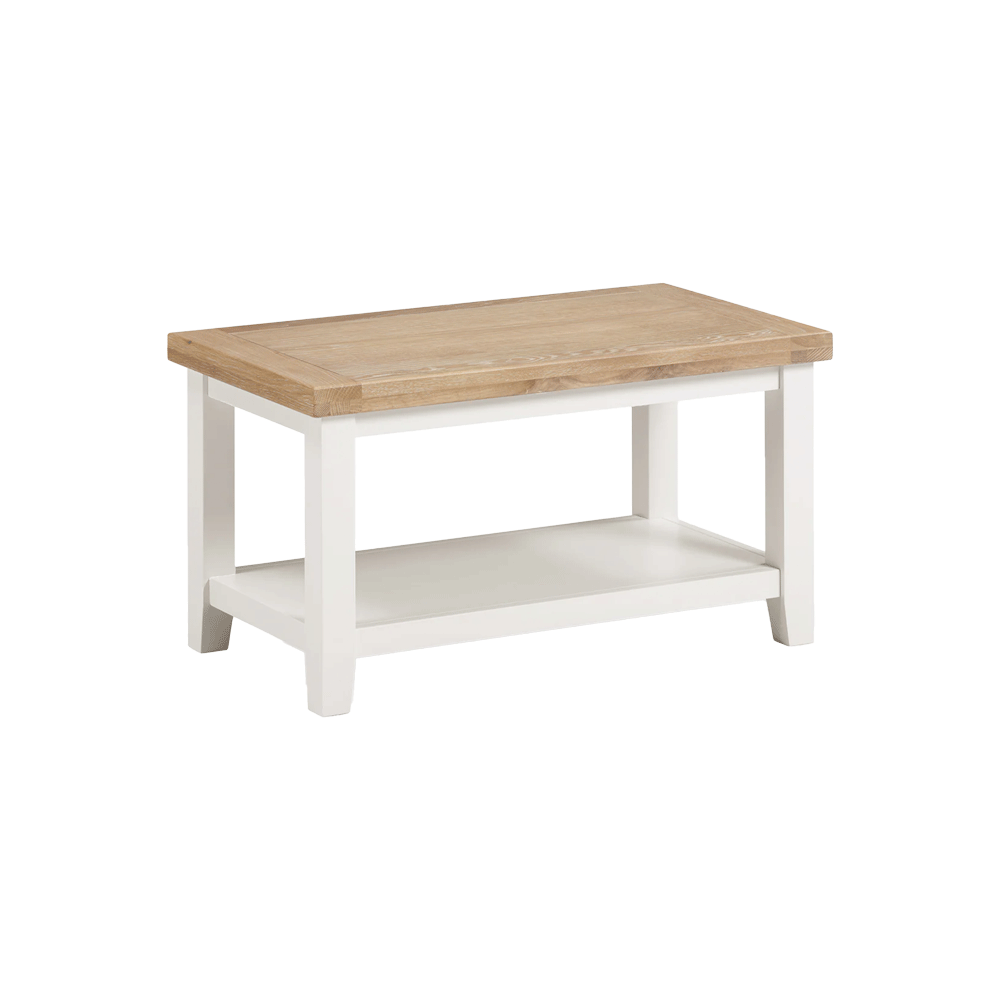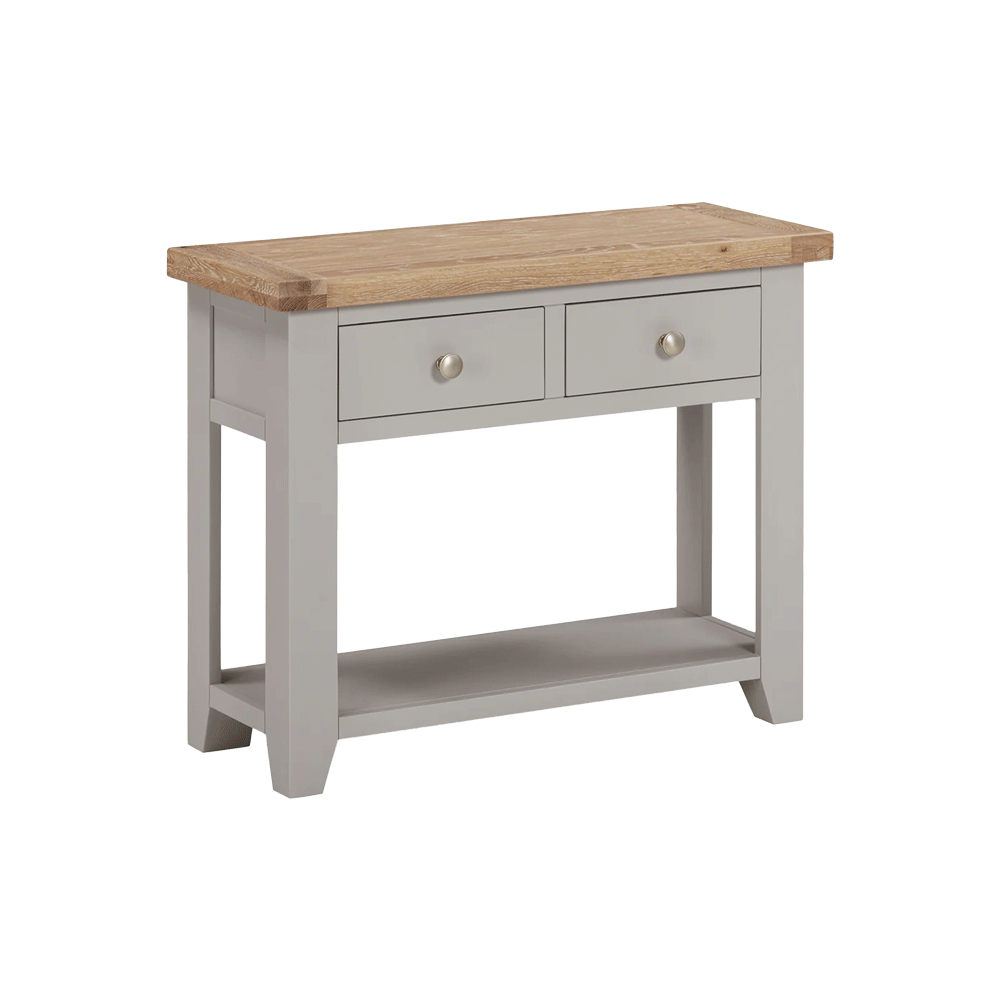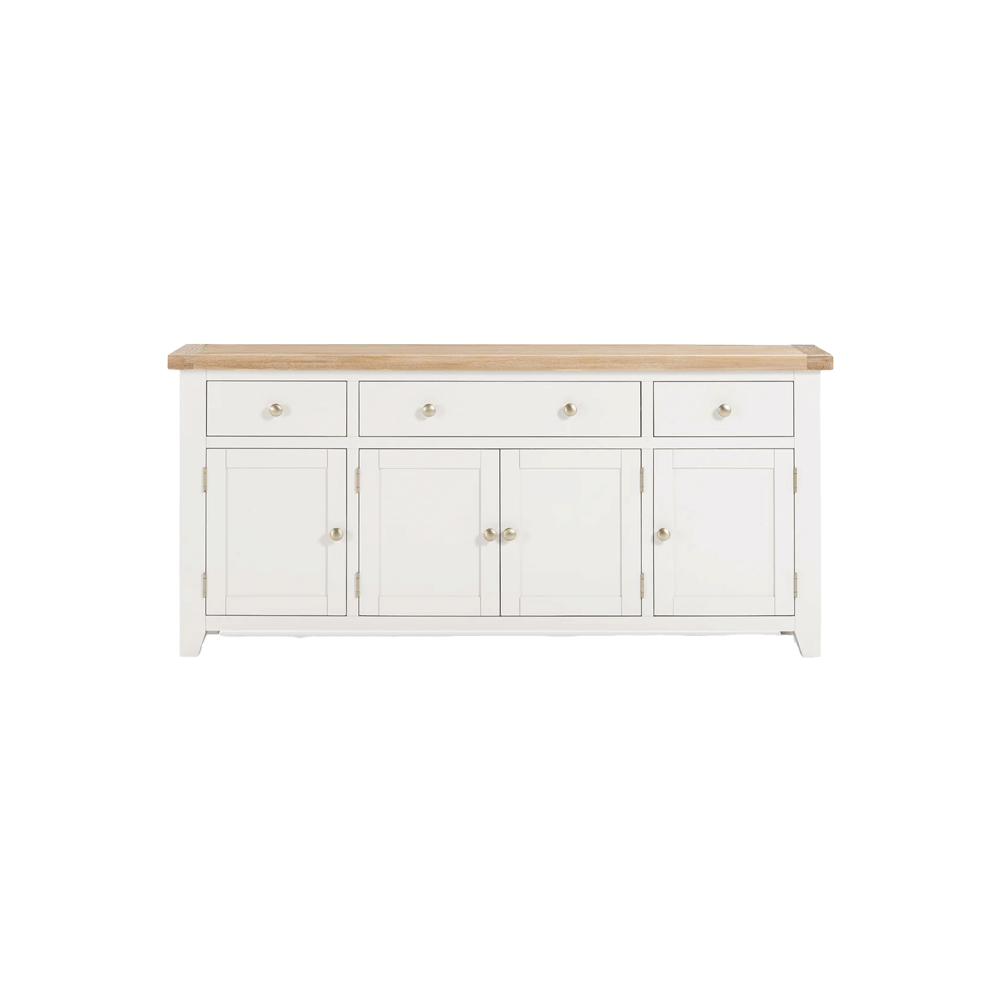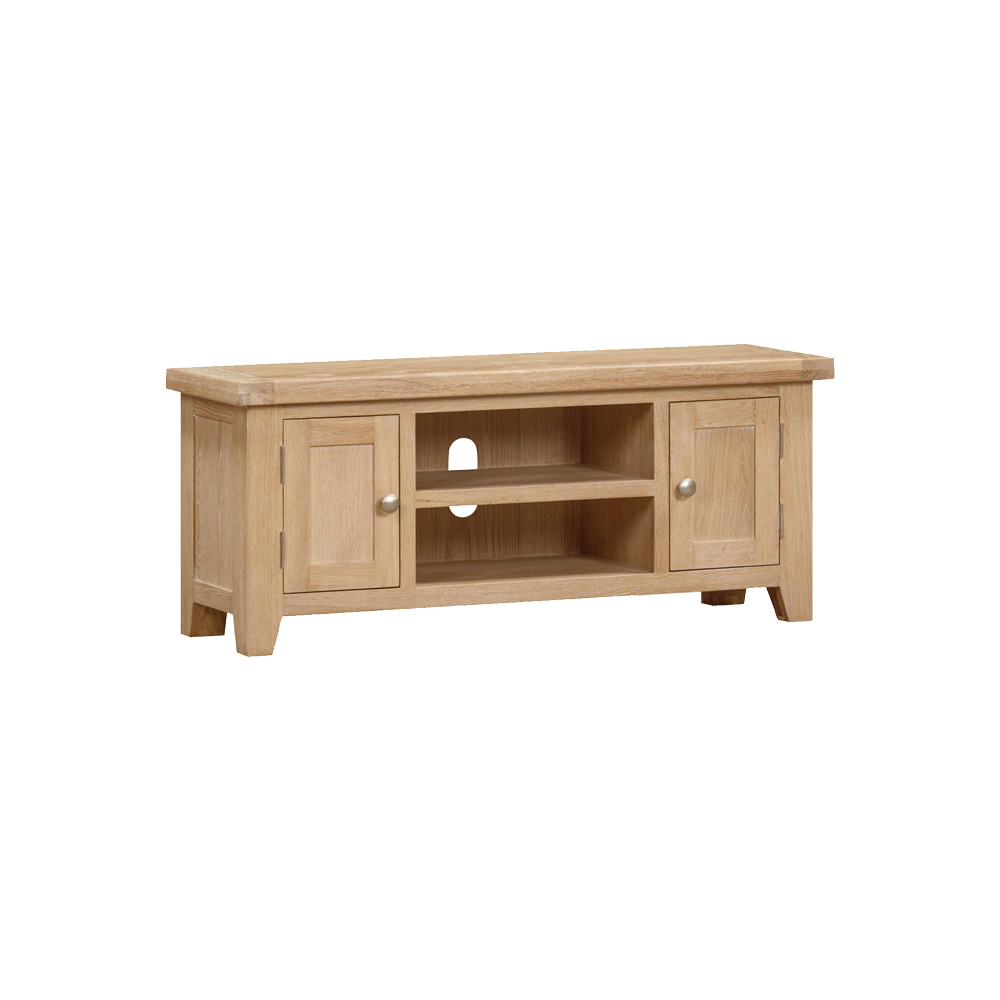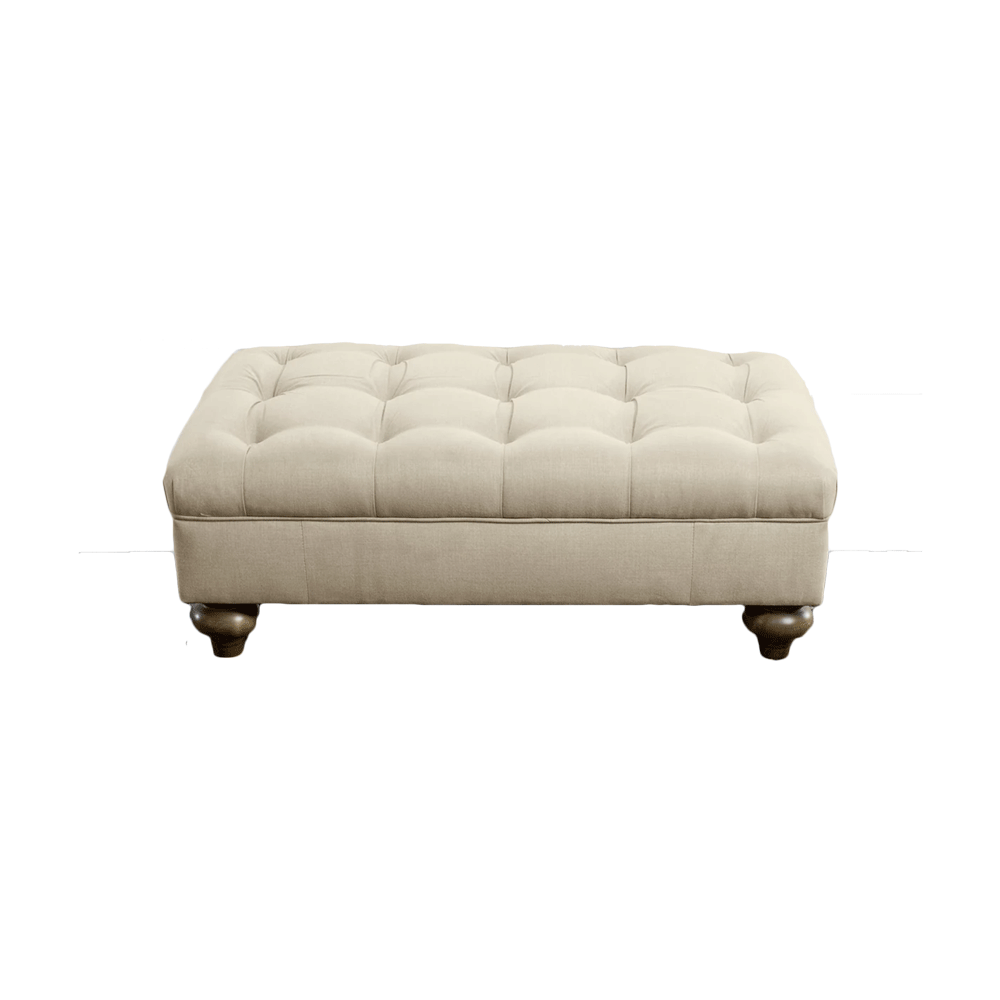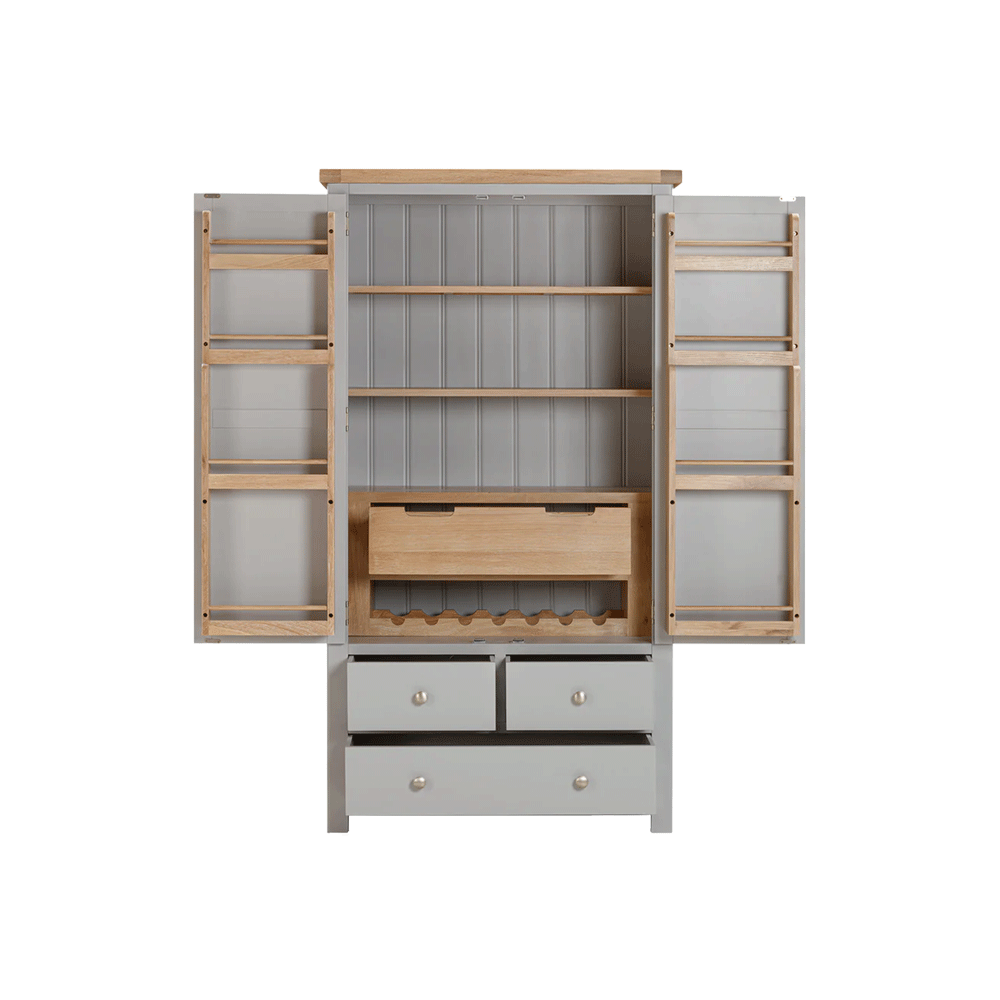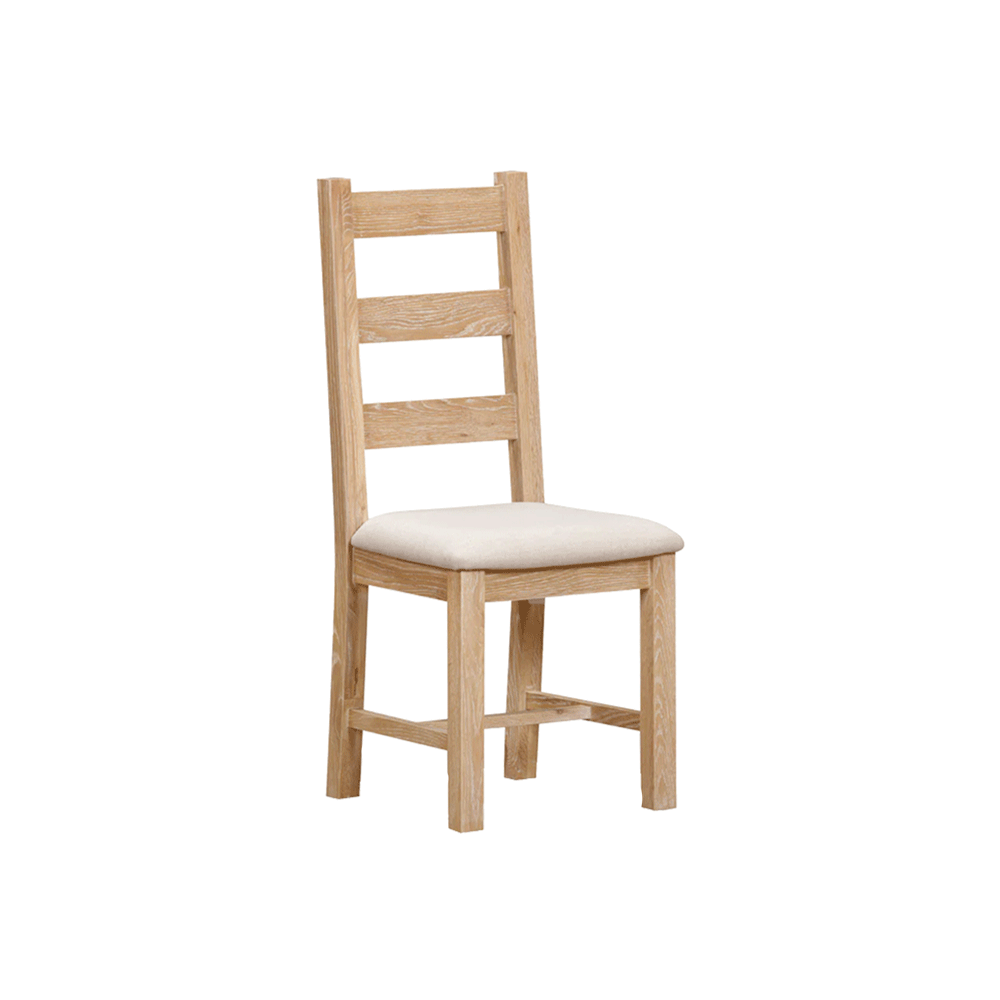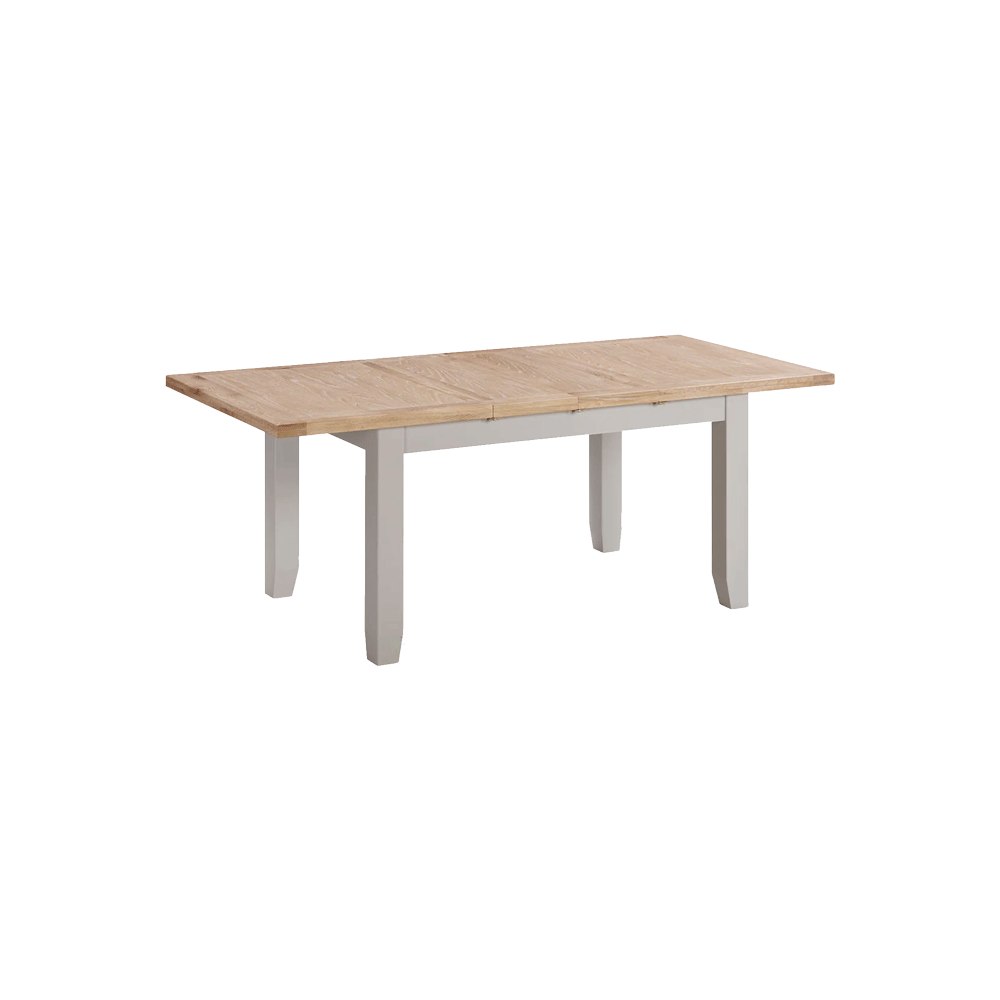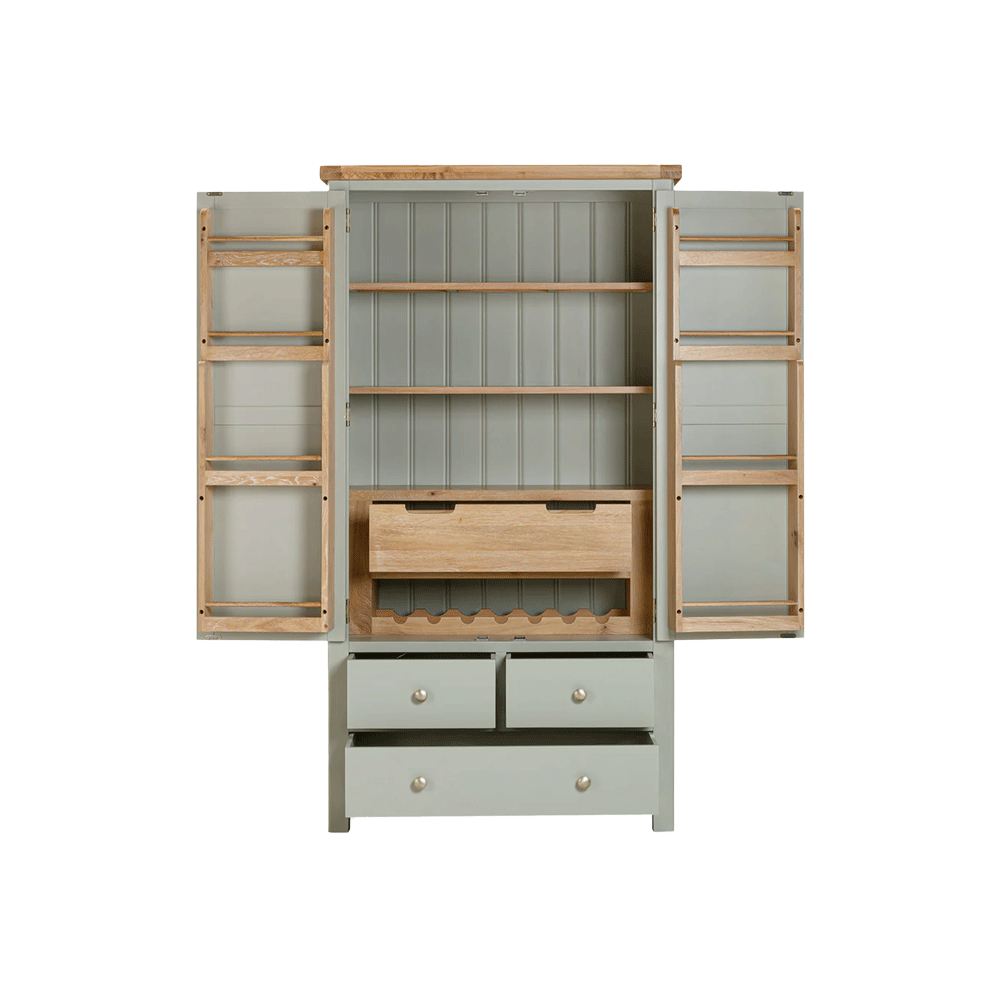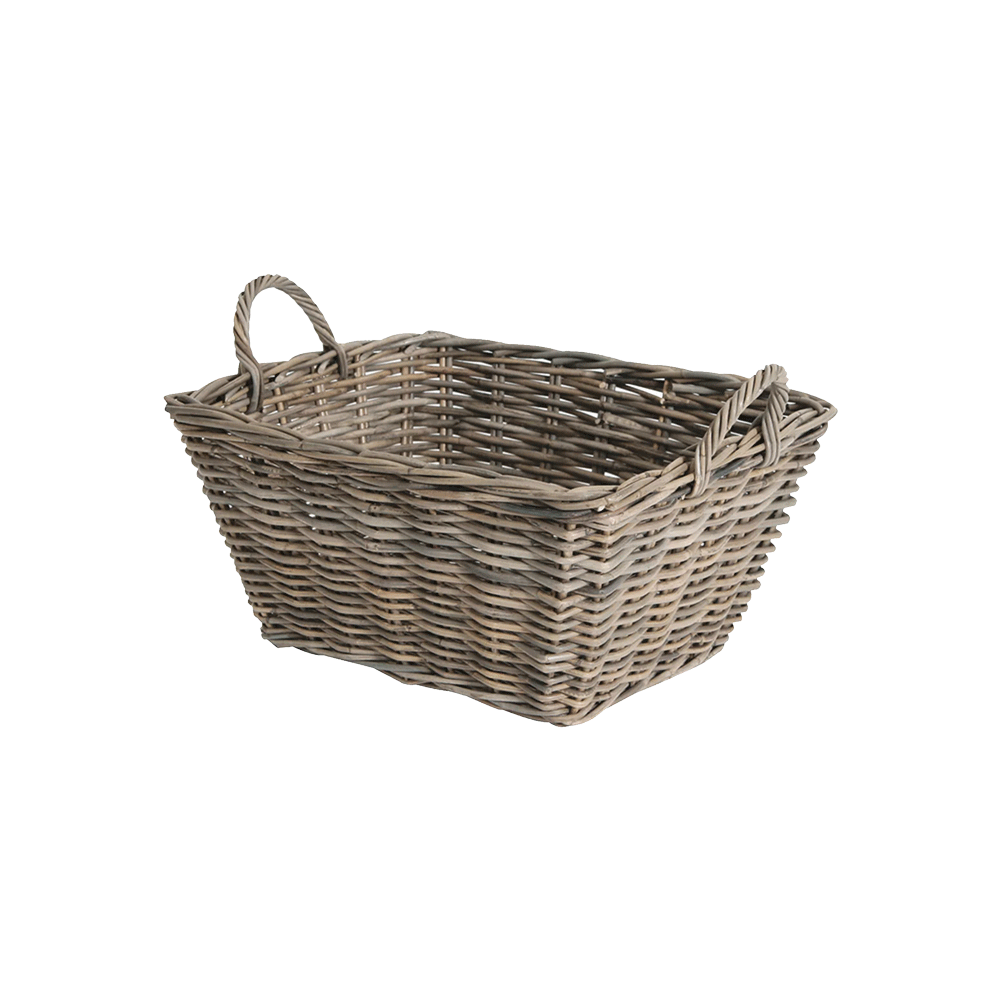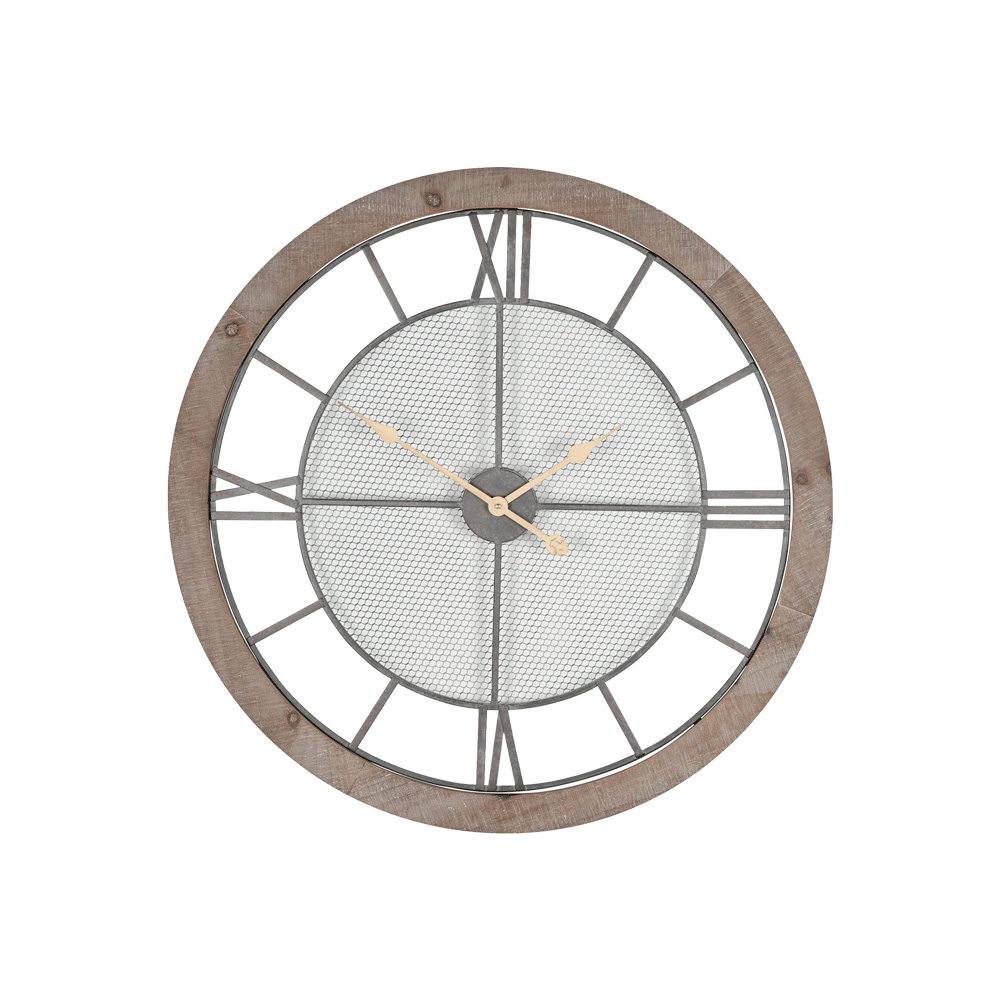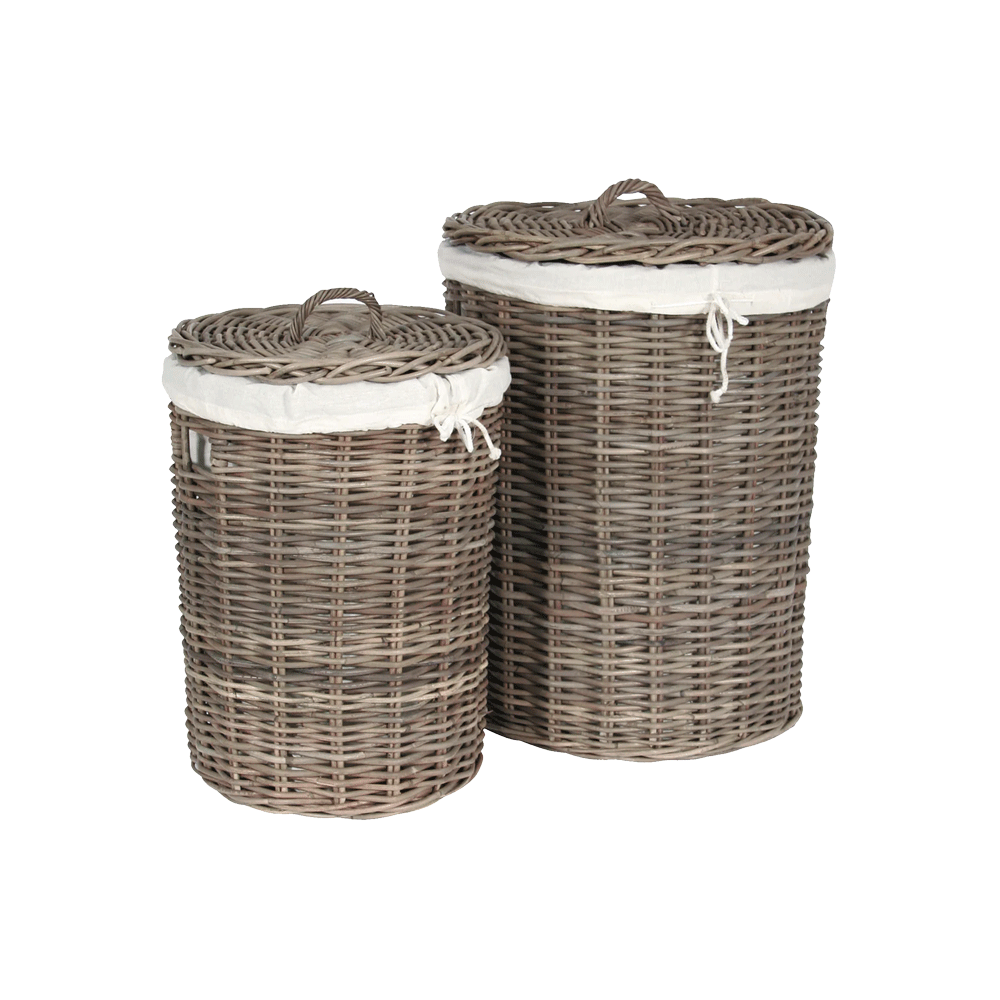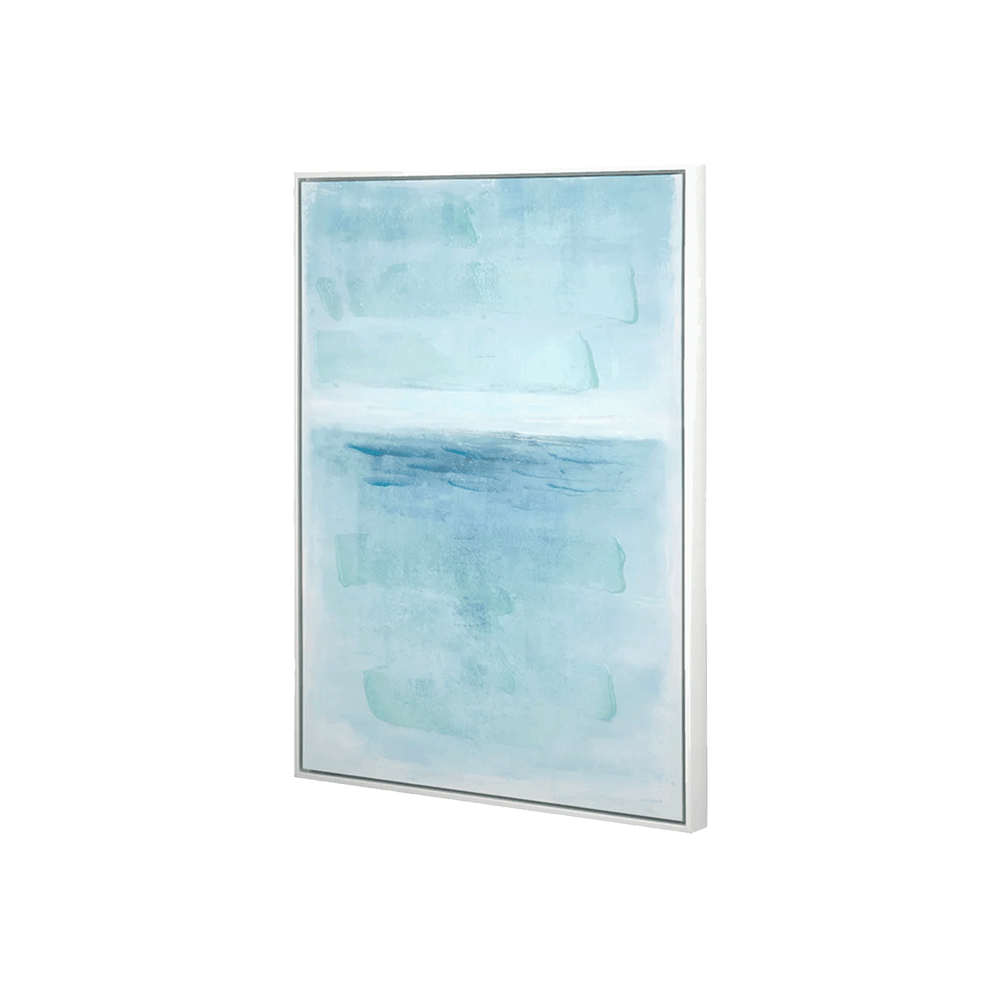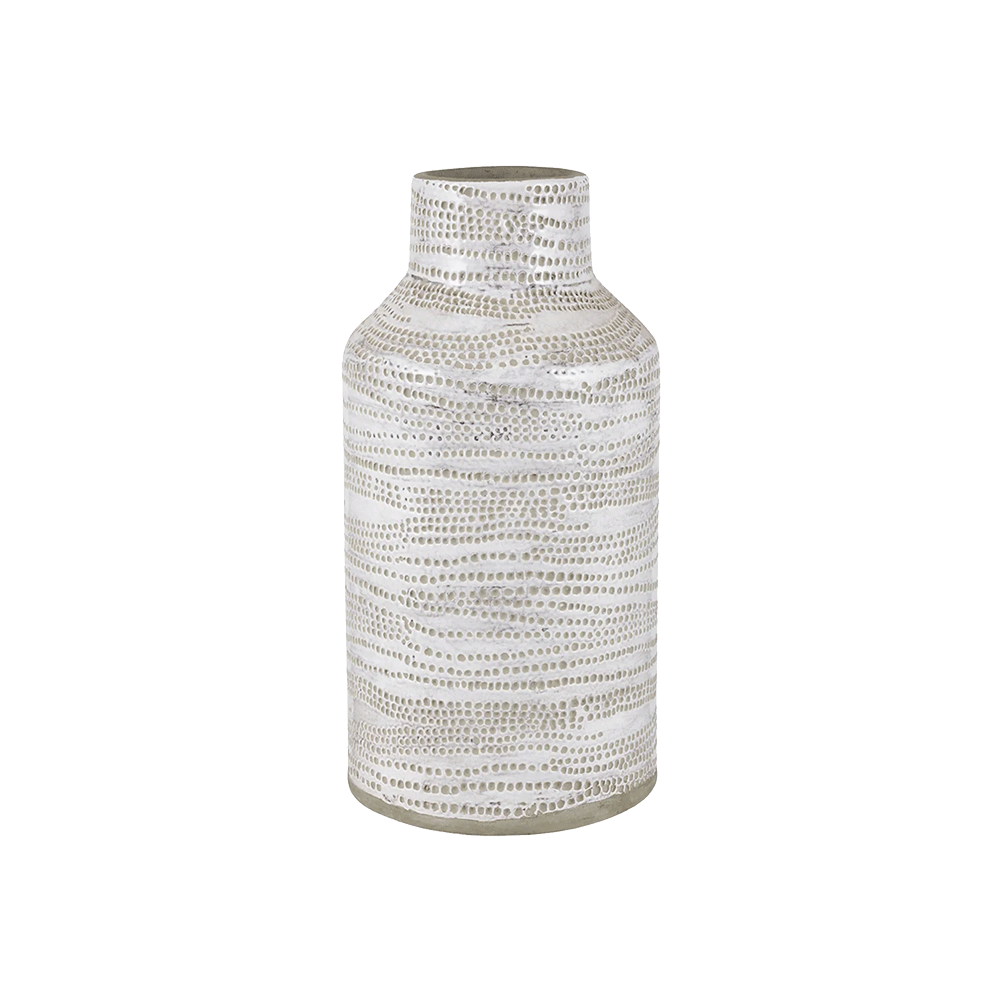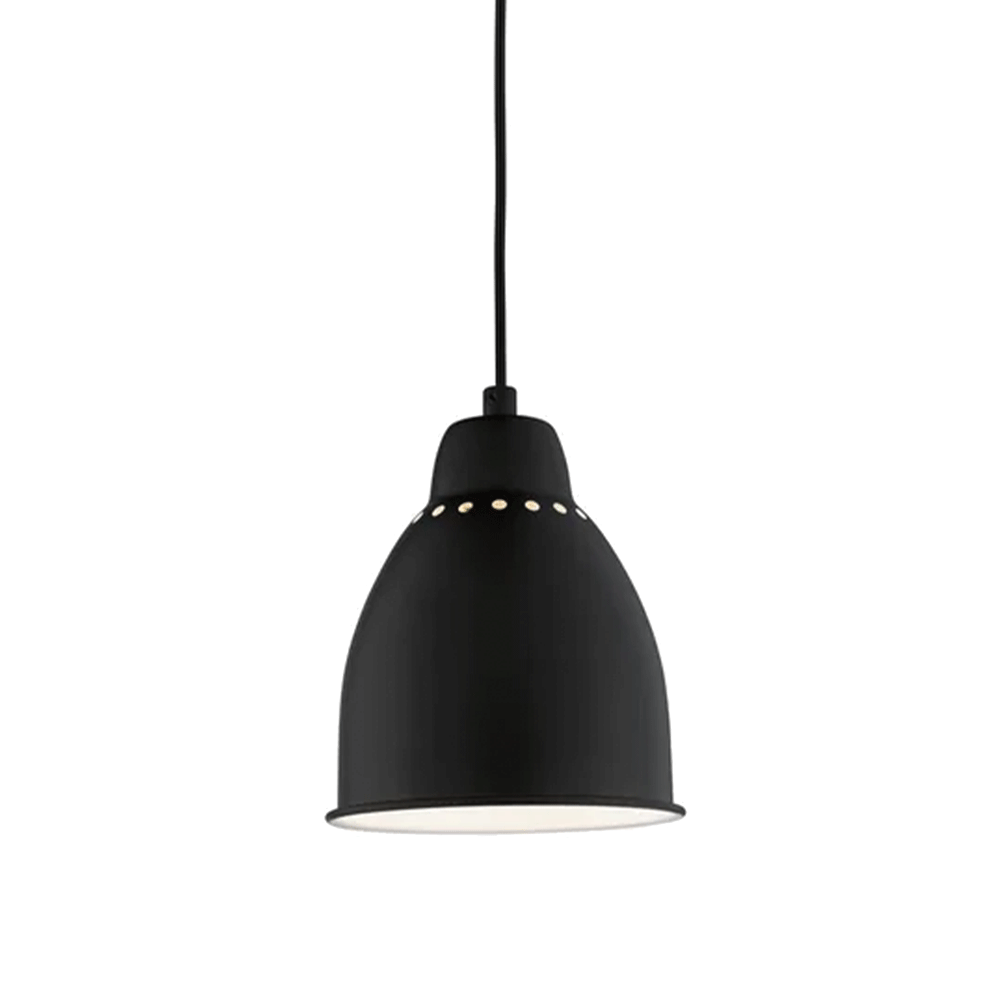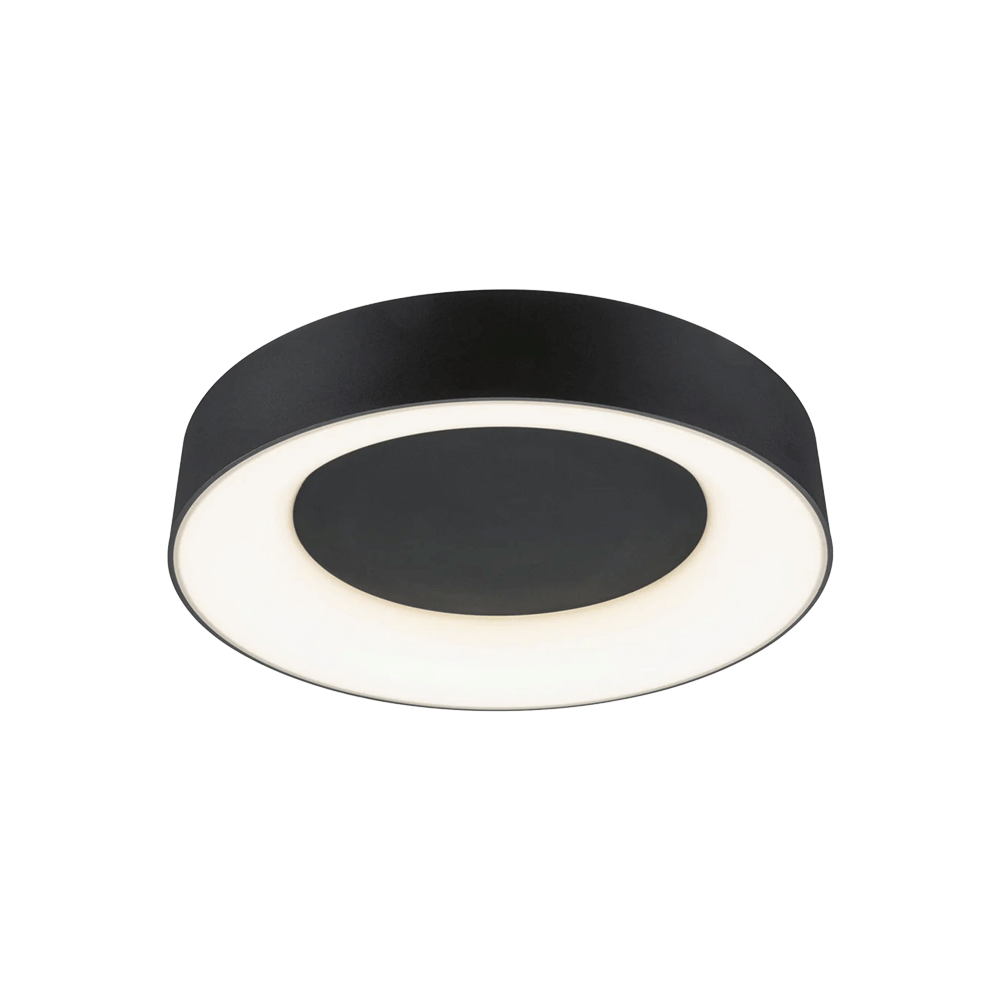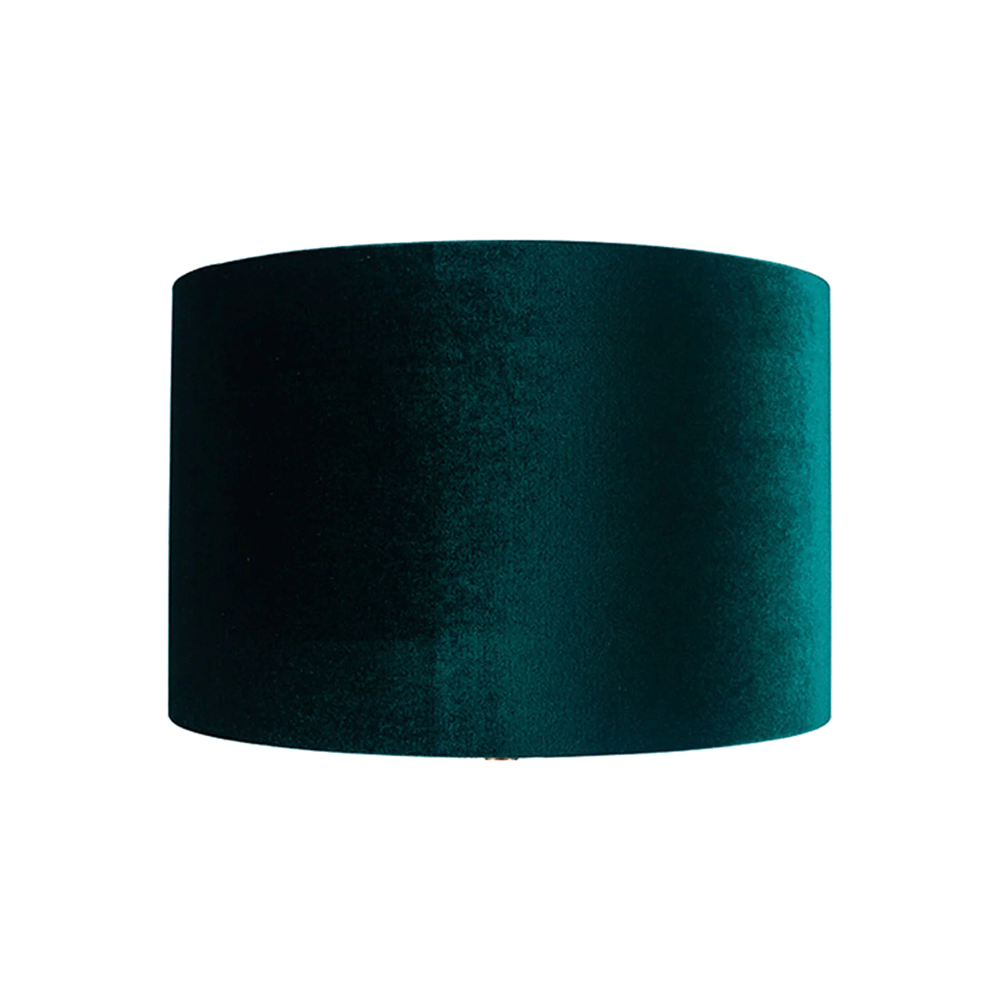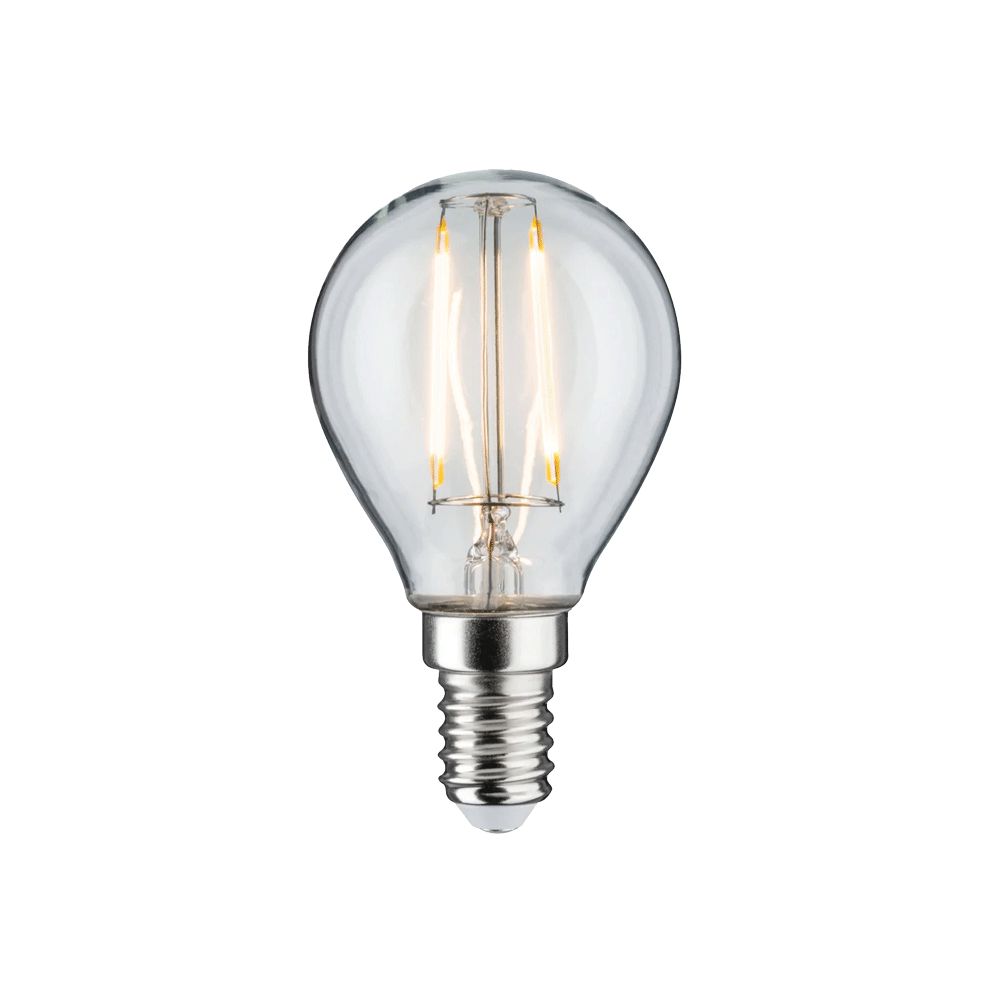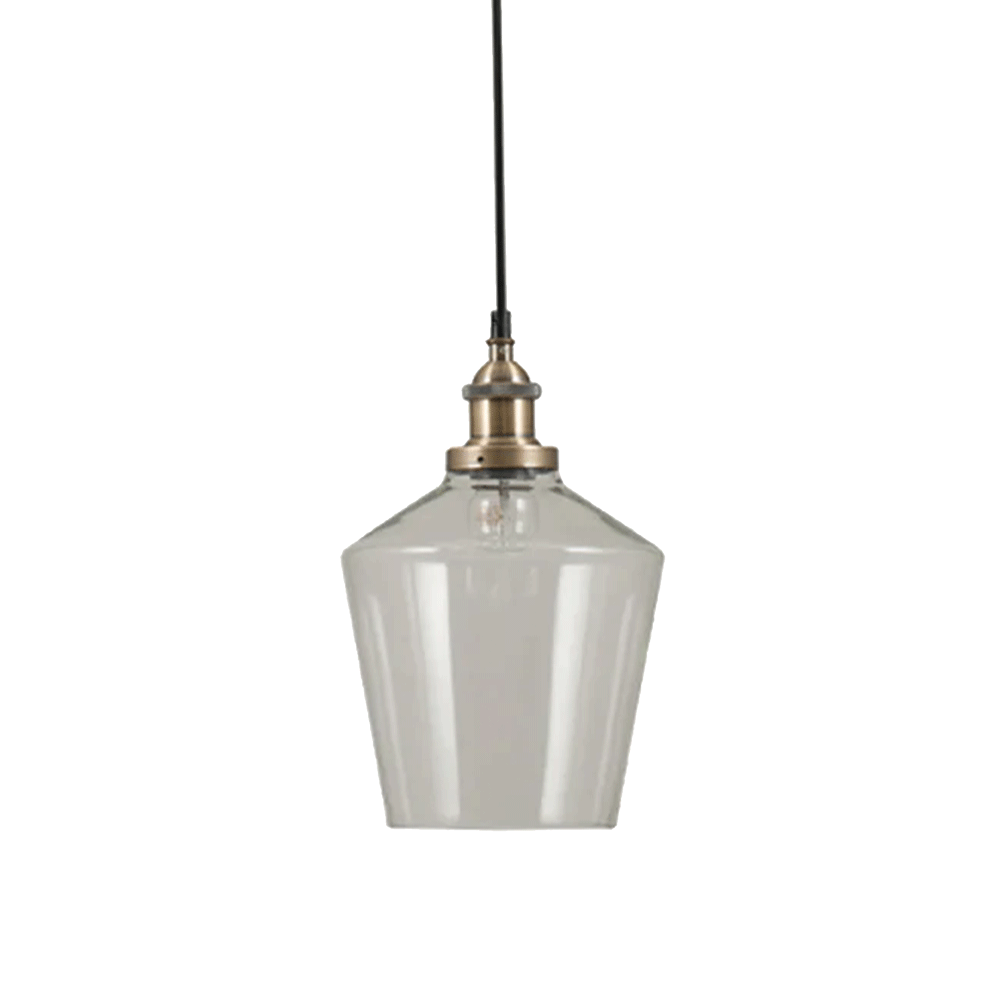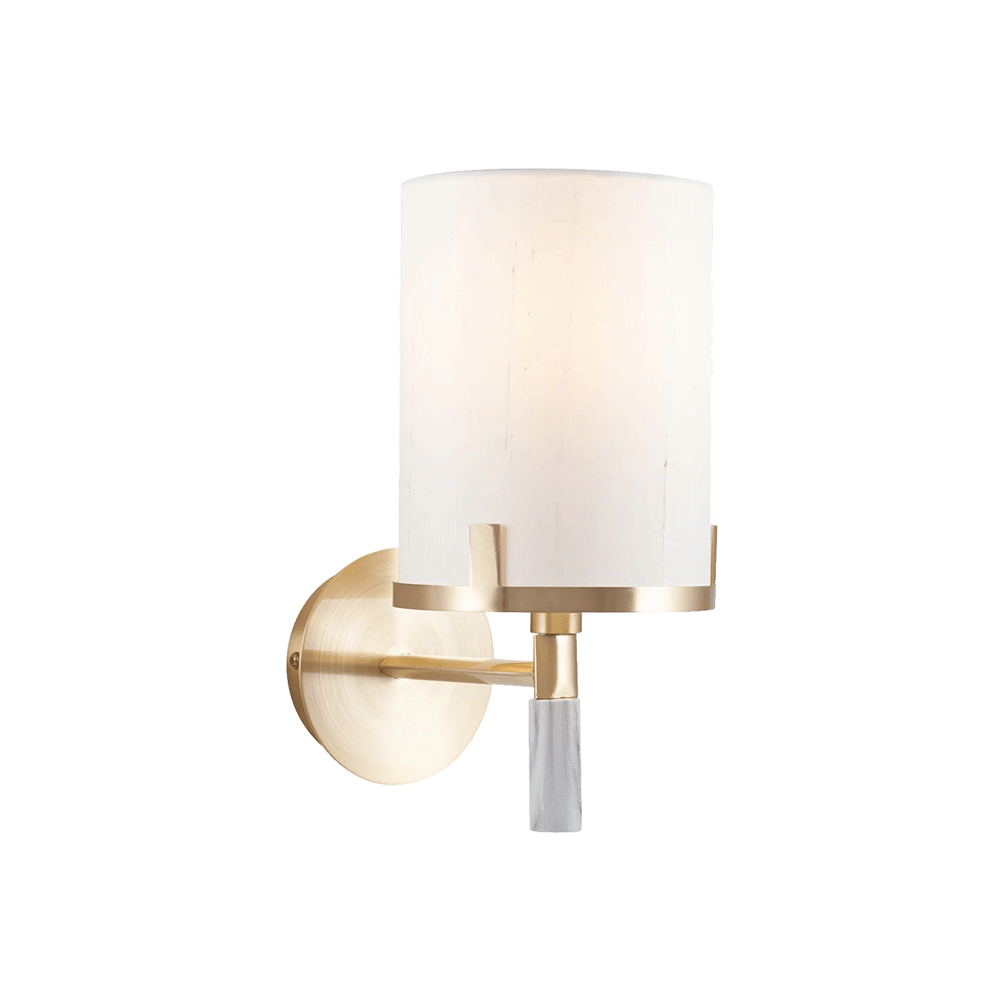

How to Clean a Parasol: Reclaiming its Sun-Worthy Shine
Keeping your parasol clean and in pristine condition is essential for keeping it looking good for as long as possible. A well-maintained parasol helps protect you from the sun’s UV rays and creates a beautiful outdoor environment.
Regularly maintaining and cleaning garden parasols can significantly increase their lifespan, ensuring they remain a valuable addition to your garden or patio for years to come. Here’s everything you need to know about how to clean a parasol.
 Challenger T2 3m Square Cantilever Parasol in Anthracite — £499.99
Challenger T2 3m Square Cantilever Parasol in Anthracite — £499.99
Why is parasol cleaning important?
Before we go into how to clean outdoor parasols, let’s look at why it’s important. Parasols come in all shapes and sizes, whether it’s a cantilever, traditional, or wooden parasol, regular cleaning ensures they look good and last longer. It’s also important when it comes to safety. Over time, parasols are exposed to things like dirt, dust, pollen, bird droppings and other debris. These can damage the fabric and frame if you don’t deal with it quickly.
By incorporating regular cleaning into your maintenance routine, you can prevent the build-up of substances that can weaken the material and shorten the lifespan of your parasol. It also makes your parasol look better, so it can contribute to the aesthetic appeal of your outdoor space. Dirt and stains can make your parasol look old and worn out.
Safety is another important aspect of parasol maintenance. Accumulated dirt and debris can cause mechanical parts, like hinges and joints, to malfunction. This can lead to difficulties opening and closing the parasol, increasing the risk of damage or injury. If you let your parasol get mouldy, this can also be a health risk — especially to anyone with allergies or respiratory conditions.

Eros 3.3m x 2.4m Rectangular Cantilever Parasol in Beige - £549
How often should you clean a parasol?
How often you use your parasol, what it’s made of and where it’s used can make a big difference to how regularly you clean it.
Generally, it’s recommended to clean a parasol at least twice a year — once at the beginning of the season before regular use and once at the end of the season before storing it away. This helps remove any accumulated dirt or dust and prepares the parasol for prolonged storage. If the parasol is frequently used near trees or in a dusty area, you may need to clean it more often. If you live somewhere humid you’ll also probably need to clean it more regularly to prevent mould. Monthly or bi-monthly cleaning is usually enough to prevent dirt and mould which can deteriorate the fabric and frame over time. Additionally, spot cleaning should be performed as needed to address any stains or bird droppings. Addressing these issues quickly can prevent permanent staining and damage to the fabric. Regular inspections of the parasol can help identify when spot cleaning is required.

Voyager T1 3m x 2m Rectangular Parasol in Taupe - £299.99
How to clean a parasol: cleaning techniques
There are a few techniques you need to know to clean a parasol. These will help to extend its lifespan and enhance its appearance.
Spot cleaning a parasol
Spot cleaning is ideal for addressing small stains or bird droppings without needing to clean the entire parasol. It’s exactly what it sounds like: cleaning specific spots to remove marks, stains and dirt.
Materials needed: Soft cloth or sponge, mild soap or detergent, warm water, soft brush (optional)
Process:
- Mix a few drops of mild soap or detergent with warm water in a bowl.
- Dip the soft cloth or sponge into the cleaning solution and wring out the excess water.
- Rub the stained area gently with the damp cloth, applying slight pressure to lift the stain. For tougher stains, use a soft brush in a circular motion.
- Wipe the cleaned area with a clean cloth dampened with plain water to remove any soap residue.
- Allow the parasol to air dry completely before closing or storing it.
Test the cleaning solution on a small, inconspicuous area first to make sure you don’t damage or discolour the fabric. Use a gentle soap or detergent for the same reasons — skip the harsh chemicals or bleach. Try not to scrub too hard either, as this could damage the fabric.
Hand washing a parasol
Hand washing is suitable for more thorough cleaning, especially when the entire parasol needs refreshing.
Materials needed: Bucket or large basin, mild soap or detergent, soft brush or sponge, hose (optional)
Process:
- If possible, detach the fabric from the frame for easier cleaning.
- Fill the bucket or basin with warm water and add a small amount of mild soap or detergent.
- Submerge the parasol fabric in the soapy water and let it soak for 15-30 minutes.
- Use a soft brush or sponge to gently scrub the fabric, focusing on any particularly dirty areas.
- Rinse the fabric thoroughly with clean water from a hose or basin to remove all soap residues.
- Hang the fabric to air dry completely before reattaching it to the frame.
Soak the fabric to loosen dirt and rinse thoroughly to prevent build-up. Hot water or wringing out the fabric forcefully can damage the fabric, so be careful when you’re working with your parasol.
Machine washing a parasol
Machine washing can be convenient but is only suitable if the parasol fabric is machine washable. Always check the manufacturer's instructions first.
Materials needed: mild laundry detergent, washing machine, laundry bag (optional)
Process:
- Detach the fabric from the parasol frame.
- Ensure the fabric is machine washable as per the manufacturer's instructions.
- Place the fabric in a large laundry bag to protect it during the wash cycle.
- Use a gentle or delicate cycle with cold water and mild detergent.
- Remove the fabric straight after washing and air dry completely before reattaching it.
Use a gentle cycle to prevent damage and air dry the fabric to maintain its shape and integrity. Skip bleach, fabric softeners or a high spin cycle as this can damage the fabric of your parasol.
How to clean outdoor parasol : common challenges
Here are some essential tips and guidelines for tackling common issues like stains, mould, dirt, mildew, pollen, bird droppings, tree sap and green algae. Follow these step-by-step guides when you’re cleaning garden parasols to keep yours looking pristine for longer.
Removing stains from a parasol
Stains can spoil the appearance of your parasol, but they can be effectively removed with the right approach. Follow the steps for spot cleaning by mixing mild soap and warm water, then gently blotting the stain. You can use a soft brush for tougher stains, working in a circular motion without being too vigorous. Then rinse and air dry.
How to clean a mouldy parasol
Mould can develop on your parasol in damp conditions, but can be removed with careful cleaning. Wear gloves to protect your hands and take equal parts white vinegar and water, dampen a cloth with the solution and apply to mouldy areas. Use a soft brush to scrub the mould gently. Rinse thoroughly with clean water and allow to air dry fully, in direct sunlight if possible.
Remember bleach can damage your fabric. Mould can spread quickly so don’t ignore smaller mould spots or you might end up with too much damage.
Cleaning dirt from a parasol
A dirty parasol can be common, especially if it’s stored outside, in a shed or in a garage.
Start by brushing off loose dirt with a soft brush. Then, mix mild detergent with warm water and use the soft brush again to clean the fabric with the soapy water. Rinse with a hose to remove all soap residues then allow to dry completely before storing or closing. Don’t use really hot water and don’t put your parasol away while it’s wet as these can damage the fabric. If you have matching garden furniture, read about how to clean rattan furniture too.
How do you get mildew out of a parasol?
Mildew can leave unsightly marks and a musty smell. To get rid of mildew, start by sprinkling baking soda on the mildew spots. Then mix white vinegar with warm water and dip a soft brush in the solution. Scrub the affected area, then rinse with clean water and allow to air dry in sunlight.
Skip the harsh chemicals and use natural cleaning agents to avoid damaging the fabric. Don’t ignore mildew as it can spread and damage your entire parasol.
Cleaning pollen from a parasol
Pollen can cause allergies and leave yellow stains on your parasol. This can be a particular problem for light-coloured parasols or ones used near trees. Use a soft brush to remove as much pollen as possible, then mix mild detergent with warm water. Use the solution to scrub the fabric gently then rinse with a hose and air dry.
Cleaning bird droppings from a parasol
Bird droppings can be acidic and cause damage if not cleaned promptly. Gently scrape off as much as possible before cleaning. Then mix mild detergent with warm water and use a soft cloth or brush to clean the area. Rinse thoroughly with clean water and allow to air dry.
Don’t use harsh scrubbing tools and don’t leave droppings to sit, as they can cause permanent damage.
Cleaning tree sap from a parasol
Tree sap is sticky and can be tough to remove. It can also stain your parasol and cause damage. To remove it, dampen a cloth with rubbing alcohol or mineral spirits and gently rub the sap. Once the sap is removed, clean the area with mild detergent and warm water. Rinse thoroughly and allow to air dry.
How to get green algae off a parasol
Green algae can grow in damp, shaded areas and need to be removed to maintain the parasol's appearance. To remove it, mix equal parts white vinegar and warm water. Then use a soft brush to apply the solution to the algae-covered areas. Scrub the area gently with the brush and rinse with a hose to remove the solution. Allow to air dry in sunlight if possible.
Clean the algae as soon as you notice it, but use natural cleaning solutions like vinegar rather than bleach. Don’t allow algae to spread before cleaning.
How to clean different parasol materials
Parasols come in different materials, each requiring specific cleaning methods to maintain their appearance and longevity. Here are essential tips and guidelines for cleaning garden parasols made from fabric, canvas and polyester.
Cleaning a fabric parasol
Mix mild detergent with warm water, then use a soft brush or sponge to apply the cleaning solution to the fabric. Work in sections to clean the fabric, starting from the top and working your way down. Rinse off the detergent thoroughly with a hose, ensuring all residues are removed. Allow the parasol to air dry completely before storing or closing.
Tips for cleaning a fabric parasol:
- Do spot test the cleaning solution on a small, inconspicuous area first.
- Do clean regularly to prevent dirt build-up.
- Don’t use bleach or harsh chemicals, as they can damage the fabric.
- Don’t scrub too vigorously, as it may weaken the fabric fibres.
Cleaning a canvas parasol
Use a canvas cleaner or mix a mild detergent with warm water. Then use a soft brush or sponge to apply the cleaning solution to the canvas. Scrub the canvas gently in circular motions to lift dirt and stains. Rinse off the cleaning solution with a hose until the water runs clear. Then air dry your parasol.
Tips for cleaning a canvas parasol:
- Do use a specialised canvas cleaner for stubborn stains.
- Do clean the canvas parasol regularly to prevent mildew growth.
- Don’t use abrasive cleaners or brushes, as they can damage the canvas.
- Don’t store the parasol until it is completely dry, as it may promote mildew growth.
Cleaning a polyester parasol
Mix mild detergent with warm water. Use a soft brush or sponge to apply the cleaning solution to the polyester fabric then gently scrub to remove dirt and stains. Rinse off the cleaning solution with a hose until the water runs clear. Allow the polyester parasol to air dry completely before storing or closing.
- Do clean polyester parasols regularly to maintain their appearance.
- Do use a gentle detergent to prevent damage to the fabric.
- Don’t use bleach or harsh chemicals, as they can weaken the polyester fibres.
- Don’t machine wash or dry clean polyester parasols, as it may damage the fabric coating.
How to clean a parasol cover
A parasol cover helps protect your parasol from dirt, debris and harsh weather conditions. However, if you don’t keep your cover clean, dirt, mould, mildew and stains can accumulate. These can affect the appearance of your parasol and the integrity of the fabric over time. It can also pose a health and damage risk if insects or mould start appearing on your cover.
- To clean a parasol cover, start by removing the cover from the parasol frame and shaking off any loose dirt or debris.
- Gently brush the surface with a soft-bristled brush or sponge to remove stubborn stains and dirt.
- For more persistent stains, create a mild cleaning solution using a gentle detergent diluted in water. Avoid using harsh chemicals or bleach, as they can damage the fabric and cause discolouration.
- After applying the cleaning solution, use a soft cloth or brush to gently scrub the cover, paying special attention to stained or soiled areas.
- Once the cover is clean, rinse it thoroughly with water to remove any remaining detergent residue.
- Allow the cover to air dry completely before reattaching it to the parasol frame. It's important to ensure the cover is completely dry before storage to prevent mould and mildew growth.
Preventing damage to your parasol
Proper storage of your parasol when it's not in use will help to prevent dirt, stains and damage, prolonging its lifespan and maintaining its appearance. Store it in a clean, dry and well-ventilated area away from direct sunlight, moisture and harsh weather conditions. Before storing your parasol, make sure it's completely clean and dry to prevent mould and mildew growth. If the parasol cover is removable, it's advisable to wash it according to the manufacturer's instructions and allow it to air dry thoroughly before storage.
For parasols with fixed covers, gently brush off any dirt or debris and wipe down the surface with a damp cloth to remove stains or spills. Ensure the parasol frame is also clean and free from any dirt or rust before storage. Once the parasol is clean and dry, carefully fold or collapse it according to the manufacturer's guidelines to avoid damaging the frame or fabric. Avoid storing the parasol in a cramped or overcrowded space, as this can cause creases, wrinkles, or tears in the fabric. Instead, go for a storage bag or cover to protect the parasol from dust and pests while in storage.

Pallas 4m x 3m Rectangular Cantilever Parasol with LED Lighting in Beige - £1,399
Keeping your parasol clean is important
By incorporating regular cleaning and maintenance into your parasol care routine, you can keep your parasol looking good for longer. Regularly cleaning garden parasols also means they work safely for a longer time, making them better value in the long run. Take the time to clean your parasol regularly using the appropriate techniques and materials to protect your investment and enjoy its shade and beauty for many seasons to come. Remember, a clean parasol is not only visually appealing but also contributes to a comfortable and enjoyable outdoor experience.
Shop our range of parasols, where you’ll find the perfect fit for your taste and budget.

Triton 3m Round Aluminium Parasol in Green - £95
FAQs
Can you wash a parasol cover in the washing machine?
You can wash some parasol covers in the washing machine, but it’s important to check the manufacturer's care instructions first. Use a gentle or delicate setting with cold water and a mild detergent, avoiding bleach and fabric softeners, as these can damage the fabric. After washing, air dry the cover completely before reattaching to avoid mould.









